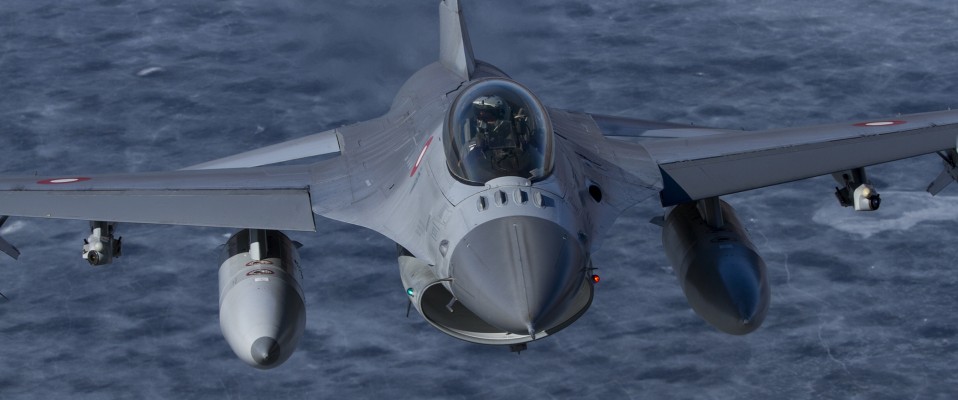BAP 2018
Report and photos by George Karavantos
July 2, 2018
The Royal Danish Air Force (RDAF) took over the duties of the Baltic Air Policing for the first quarter of 2018 during the first days of January. It was assigned under the command of the NIAMD (NATO Integrated Air and Missile Defence), succeeding the echelon of seven F-15C of the 493rd EFS (Expeditionary Fighter Squadron) of USAF.
All the Danish Vipers belong to the only one Fighter Wing of the RDAF which is based in Skrydstrup. Nowadays the Wing has around 30 F-16s which they are still in service and it is comprised of two Squadrons, Esk 727 and Esk 730.
The RDAF was the second Air Arm which took over the duties (from the Belgian Air Force) of the Baltic Air Policing, when ΝΑΤΟ started to offer aerial cover over the Northern countries on the 1st of July 2004. Since then, the RDAF has served again in 2009, 2011, 2013 and 2014.
Due to the crisis in Crimea and the tension in the Eastern Ukraine, NATO decided to double the aircraft in the region. Initially Polish MiG-29 and British Typhoon were moved to Siauliai, while a second division was developed in Amari of Estonia. The first Air Arm which arrived to the new location was once again the RDAF. Furthermore, another echelon of French Rafale was deployed in the Polish Air Base, Malbork. This increased presence was continued for three periods, until September 2015. For 2018, the Danish performed their first real interception (Alpha Scramble) on the 25th of January when a Russian aircraft didn’t comply with the ICAO regulations, without transmitting a valid transponder code or having a flight plan and not responding to the calls of the controllers. This unidentified aircraft was a military one which was escorted by the Danish aircraft back to the Russian airspace.
According to the data from the Lithuanian authorities, in 2014 there were 130 interceptions of unidentified aircraft. In 2016 there were 110 while in 2013 and 2015 there were 140 and 160 respectively.
The increase of the Russian presence over the Baltic Sea has dictated a more intensive presence of the NATO forces in the region. Already the presence of the NATO for the second half of 2018, from May until September has been doubled. The division of aircraft in Siauliai is comprised of 4 Portuguese F-16AM and 4 Spanish Eurofighter Typhoon, while in Amari there are 4 French Mirage 2000-5F.
The Royal Danish Air Force was one of the four Air Arms in Europe which became the first export customers of the Fighting Falcon in the late 70s. The rest of the countries were Belgium, Netherlands and Norway which formed the EPAF (European Participating Air Forces) in an attempt to substitute their previous main fighter aircraft which was the F-104 Starfighter. This “partnership” might be able to carry on in the future, since two of these countries, have already ordered and accepted the new JSF.
The first Danish order of the F-16 was the smallest among the EPAF. Initially they were 46 F-16A and 12 F-16B which were ordered under the name “Pacer Loft I”. These aircraft were delivered during a period of three years (1980 – 1983) in different Blocks (5 Block 1, 15 Block 5, 18 Block 10 and 20 Block 15) and they were all coming from the Belgian production line SABCA. The very first one, an F-16B Block 1, was delivered on the 28th of January 1980. All the Block 1 and 5 were later upgraded to Block 10.
While the first F-16 order had already been delivered, the RDAF was already looking for the replacement of the Saab Draken which was using along with the Starfighters. Finally in August of 1984, the Danish Department of Defence placed a second order of another 12 aircraft, 8 single-seaters and 4 two-seaters. These aircraft came this time from the Dutch production line Fokker.
Despite the fact that all the delivered aircraft of the EPAF were the same Blocks of the production, some of them did have some small differences. For example the Danish and the Norwegian F-16s were equipped with an identification searchlight on the starboard side for night interceptions. The Danish F-16s were the only ones which were not equipped with the braking chute at the bottom of their tail fin.
The RDAF was going to acquire twice a small number of supplemented used F-16s from the US in order to cover some of its losses. More specific, in July of 1994, 3 F-16s Block 15 were delivered from the 170th Sq of the ANG in Ilinois, while the second took place in 1997 with 4 aircraft (3 F-16A Block 15 and 1 F-16B Block 10).
The RDAF took also part in the MLU upgrade program which included, apart from software upgrades, a structural reconstruction under the program PACER SLIP which added another 5.000 flight hours to the Viper. The upgraded aircraft were 24 F-16A Block 10 and 24 F-16A Block 15 along with 5 F-16B Block 10 and 8 F-16B Block 15.
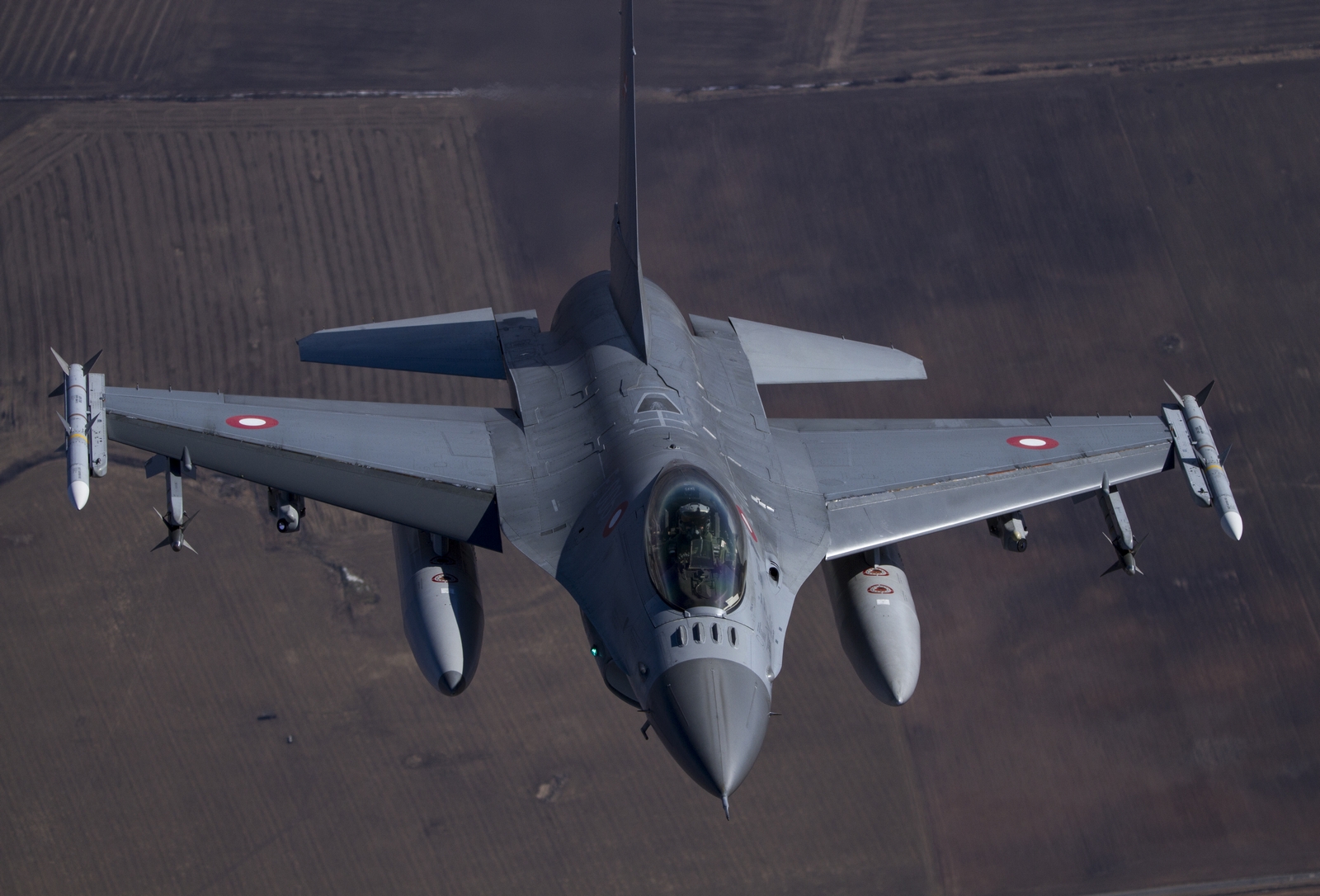

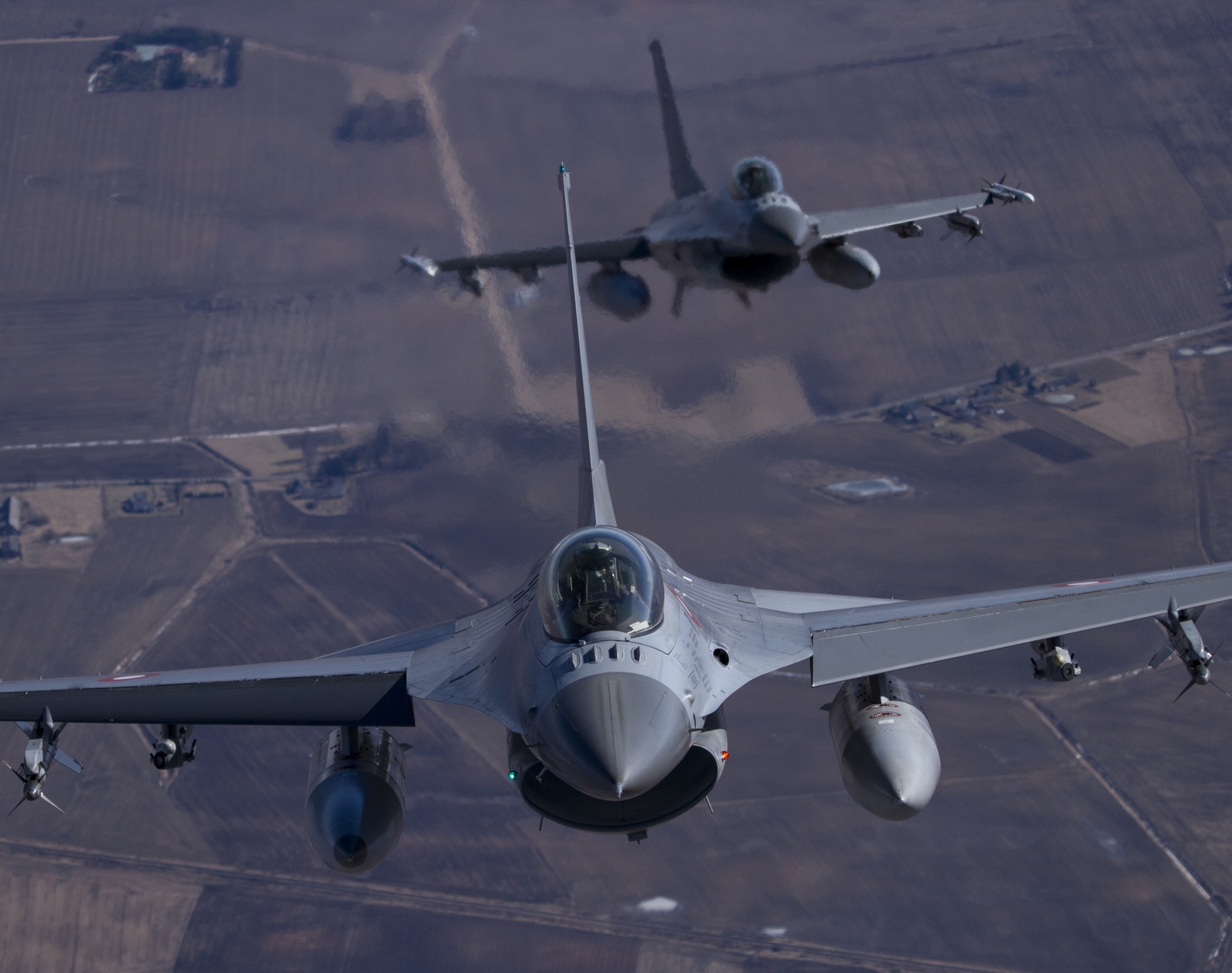
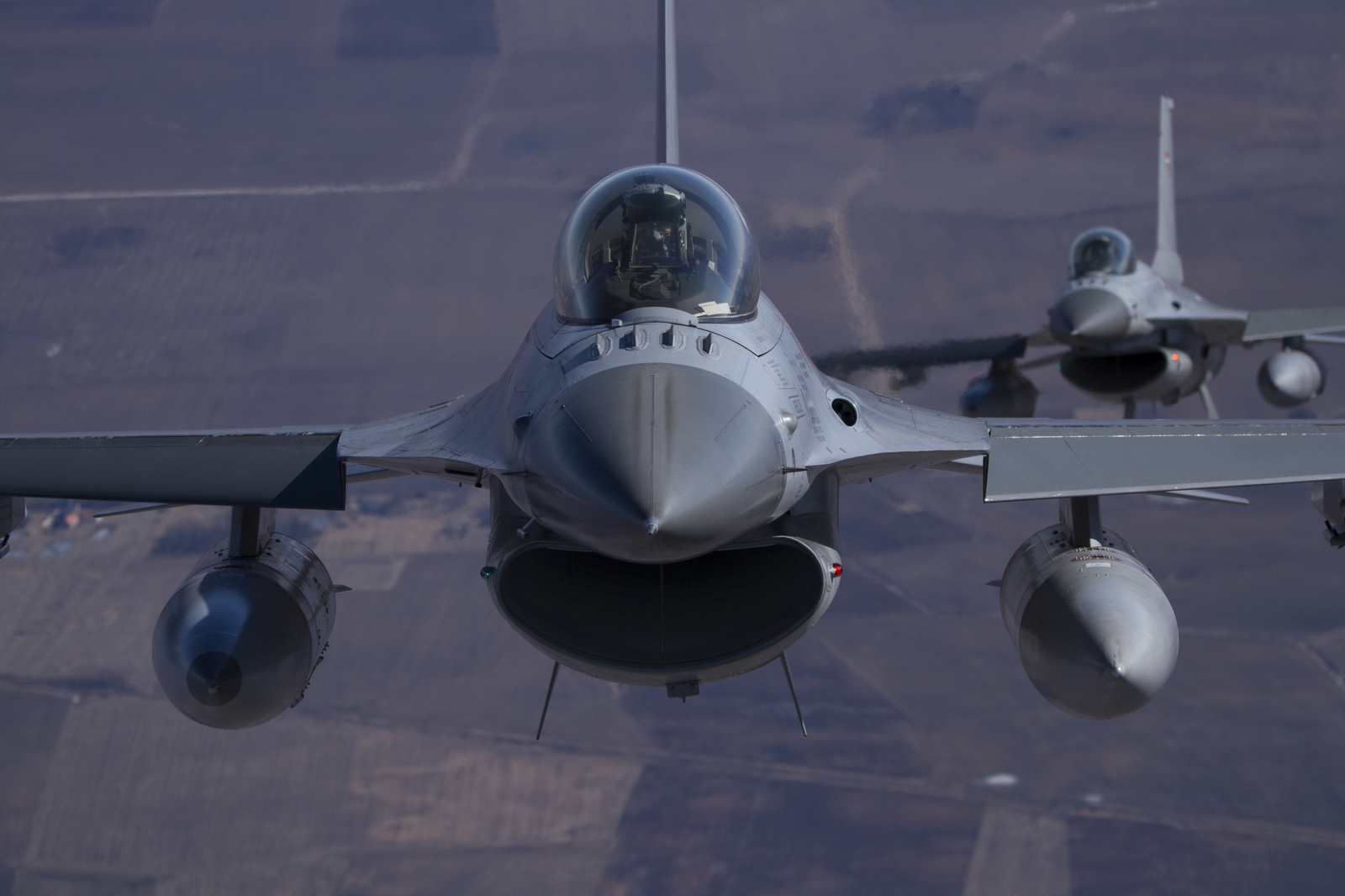
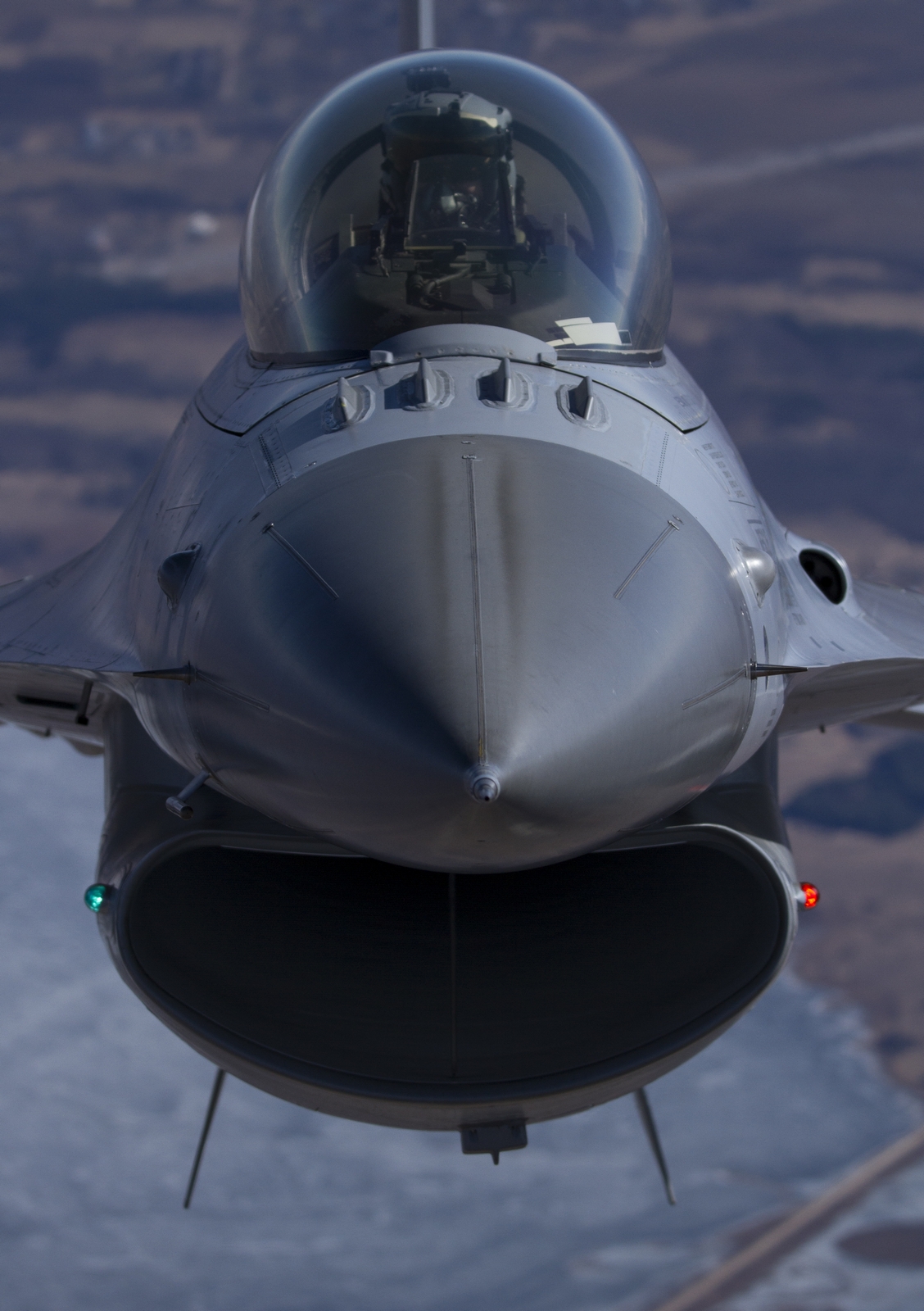
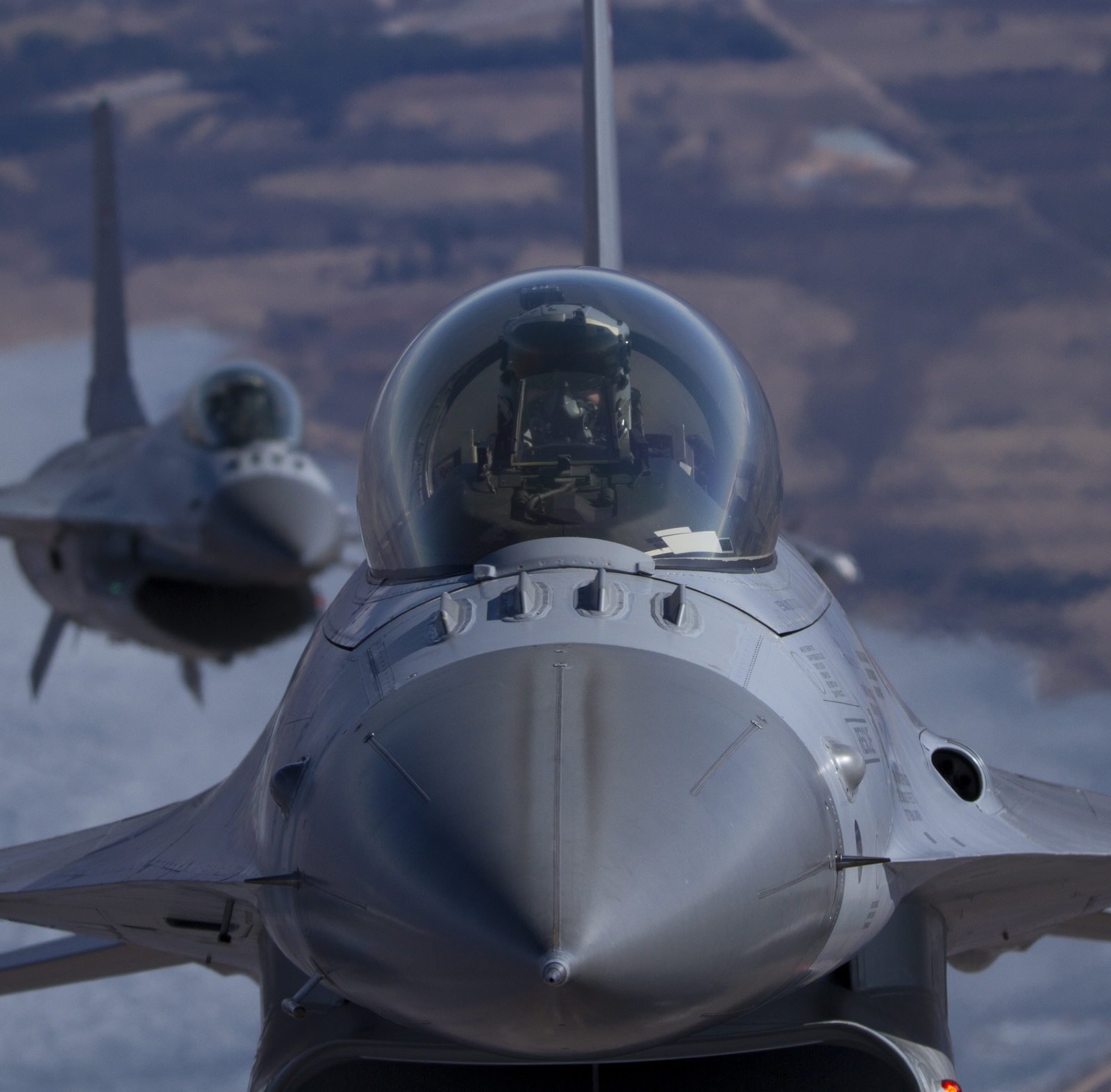

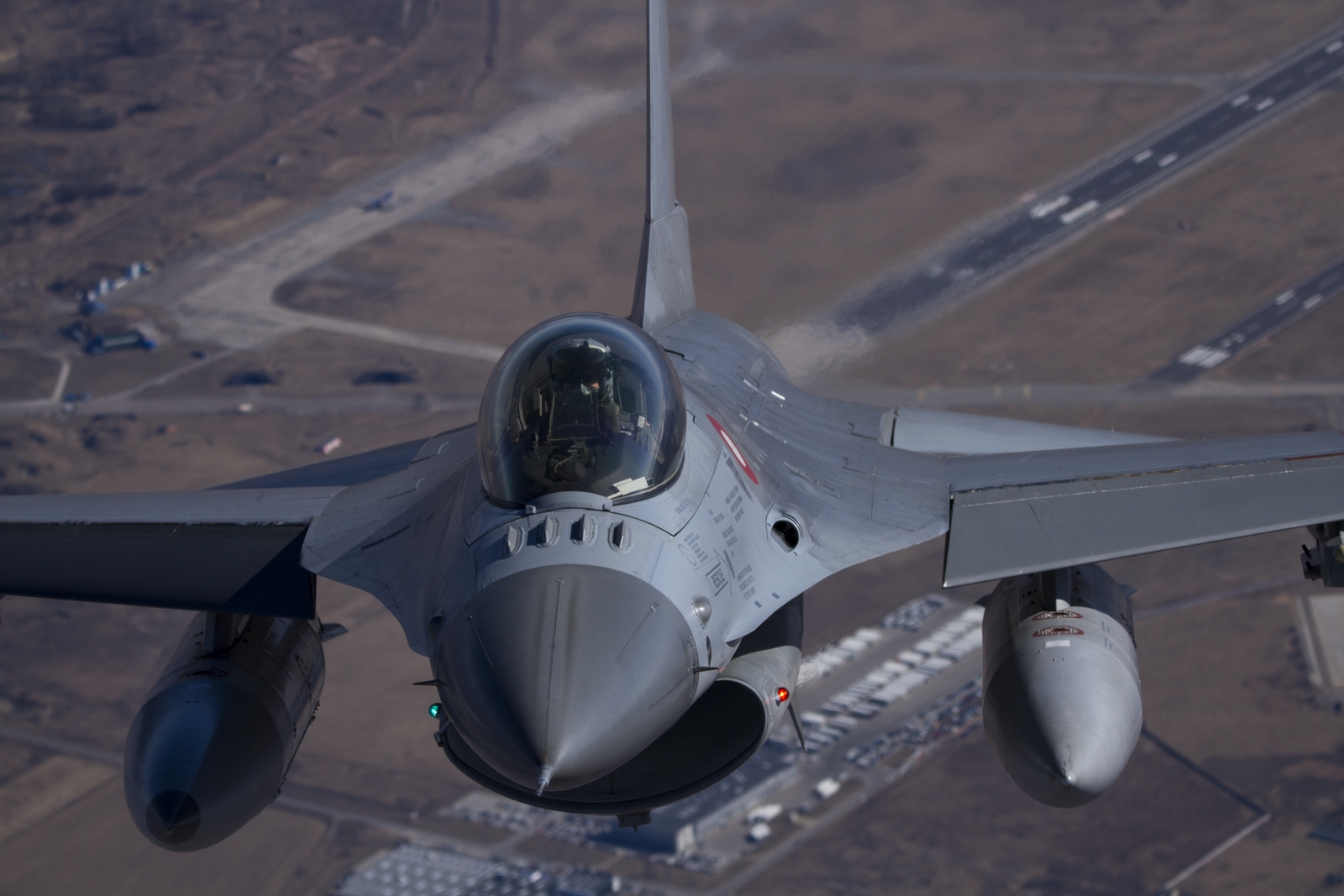
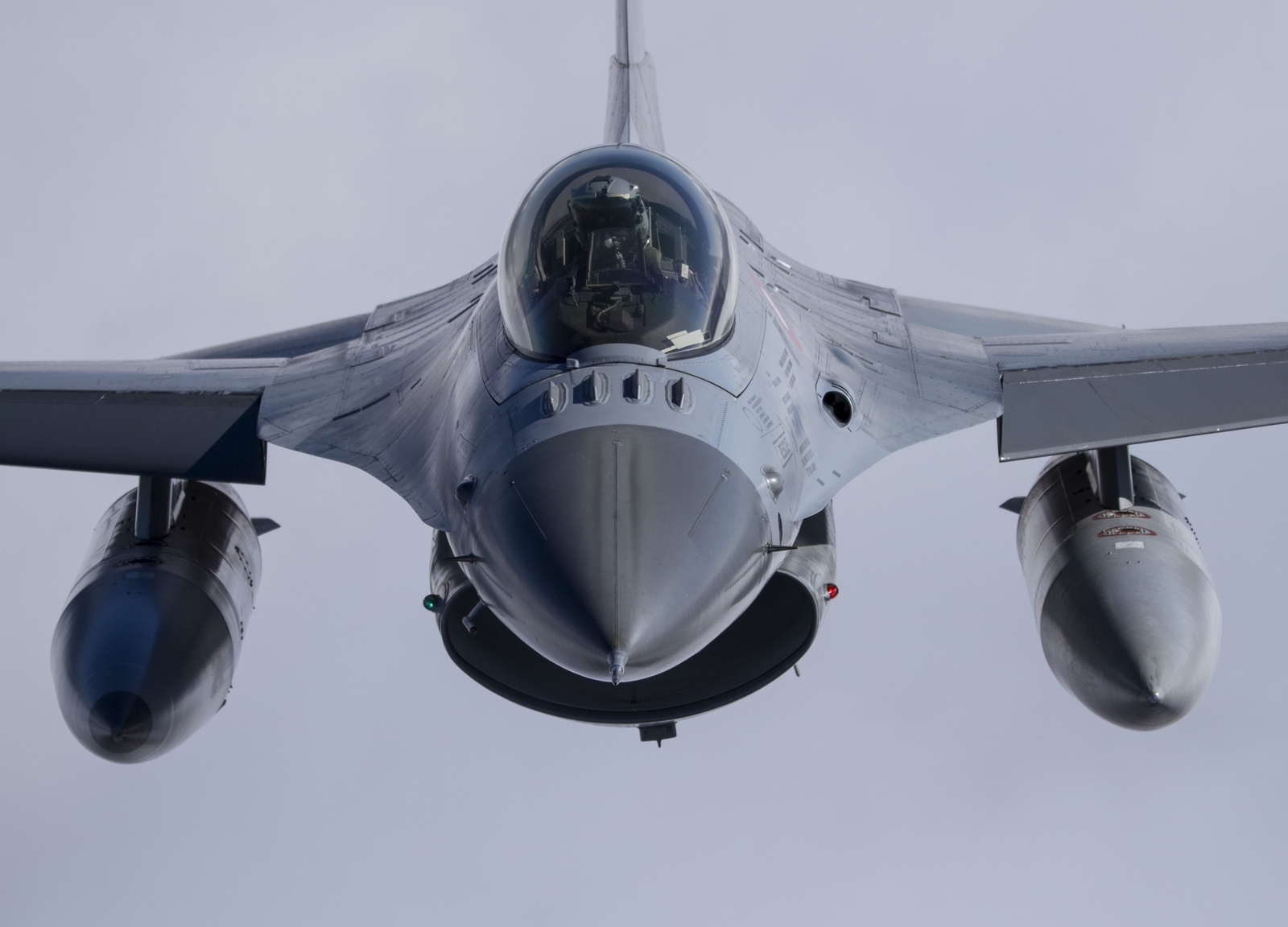
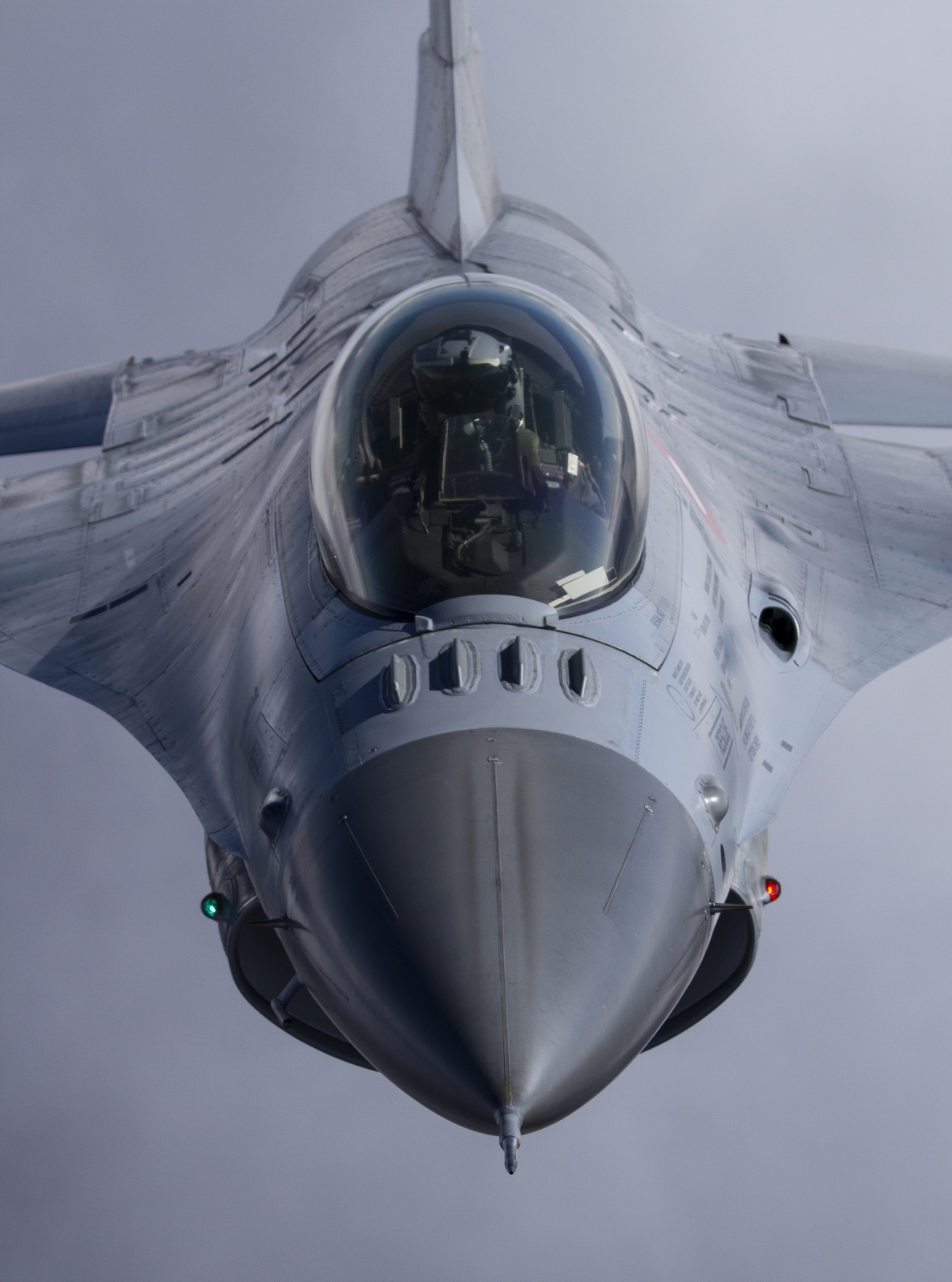
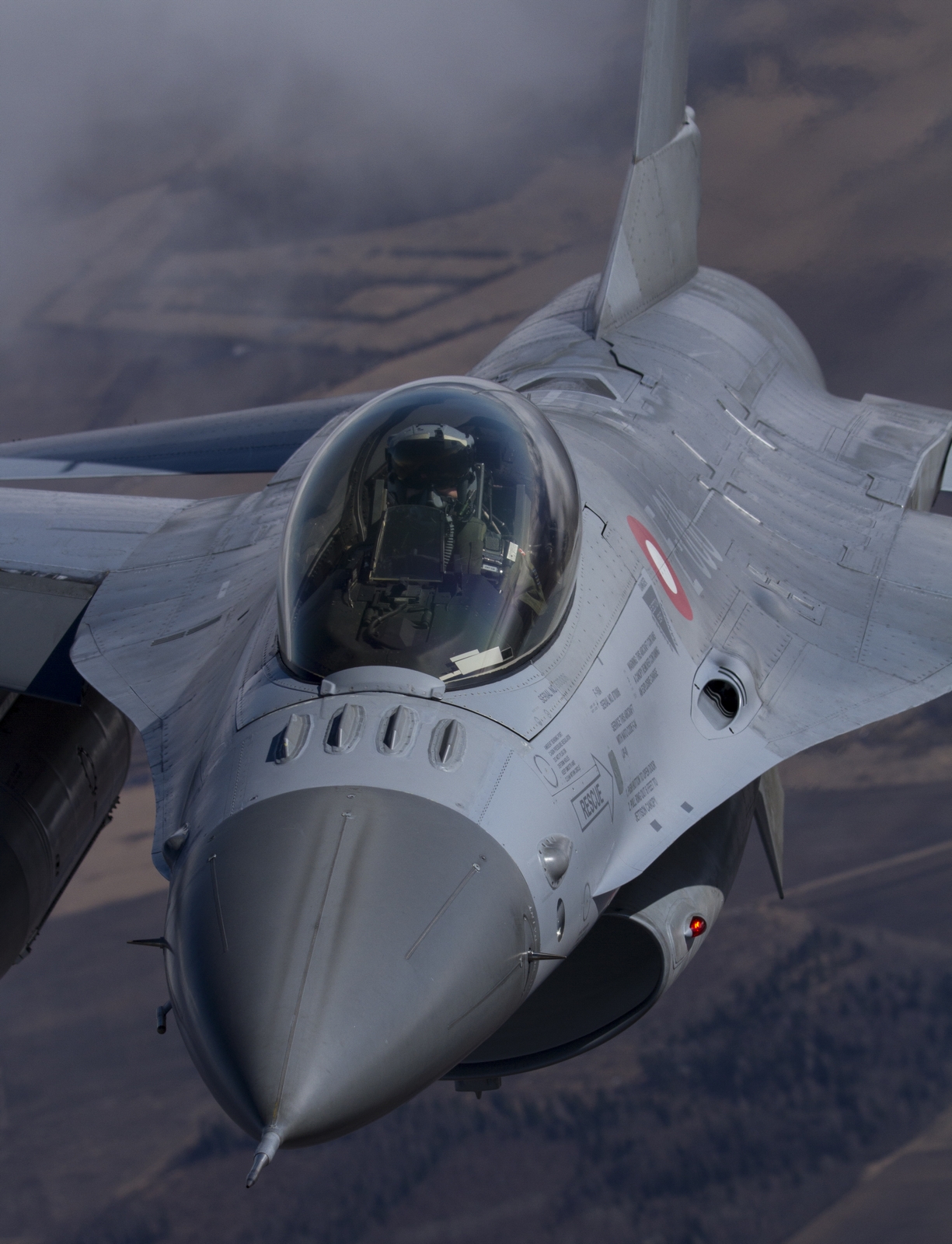
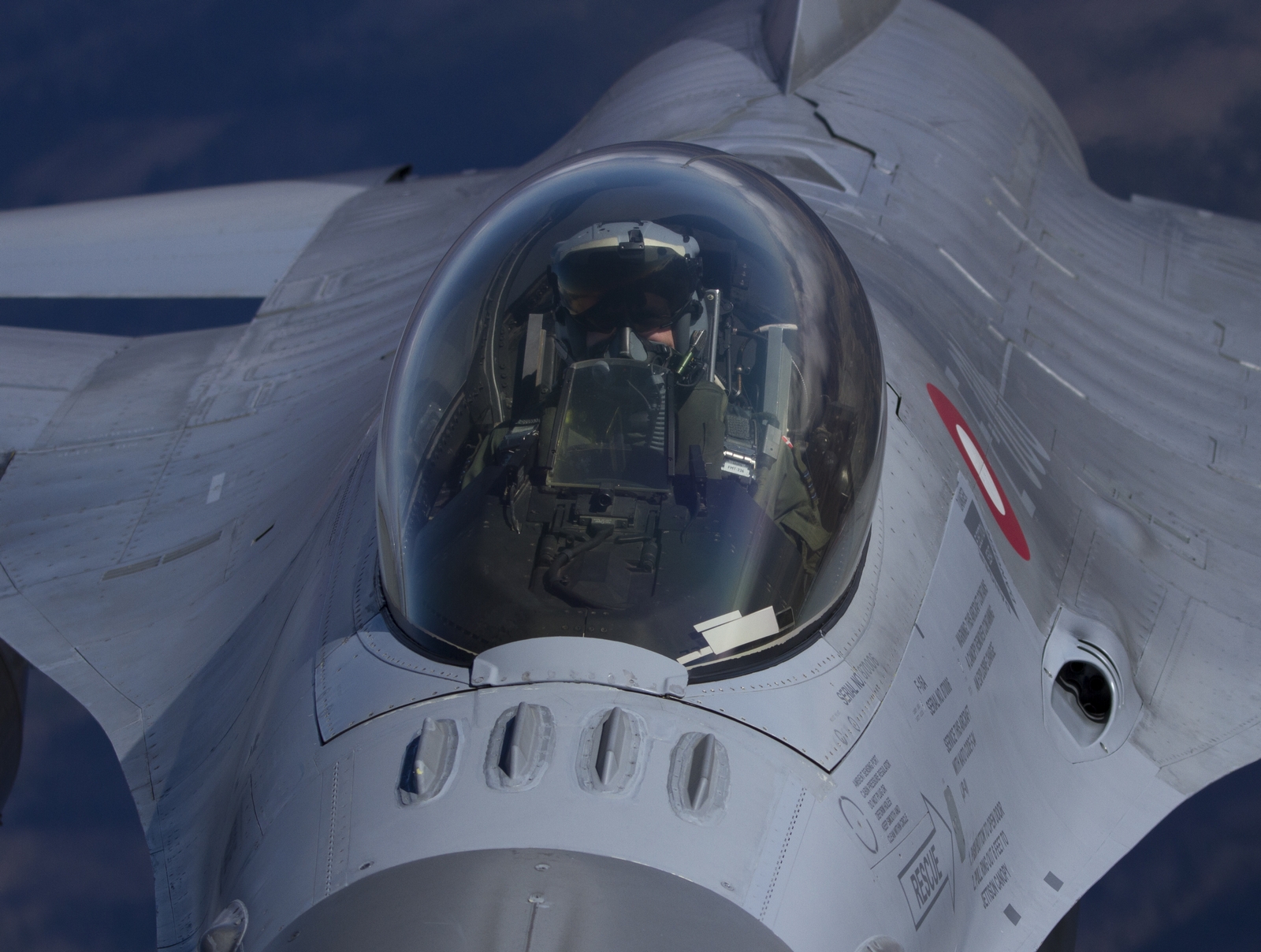

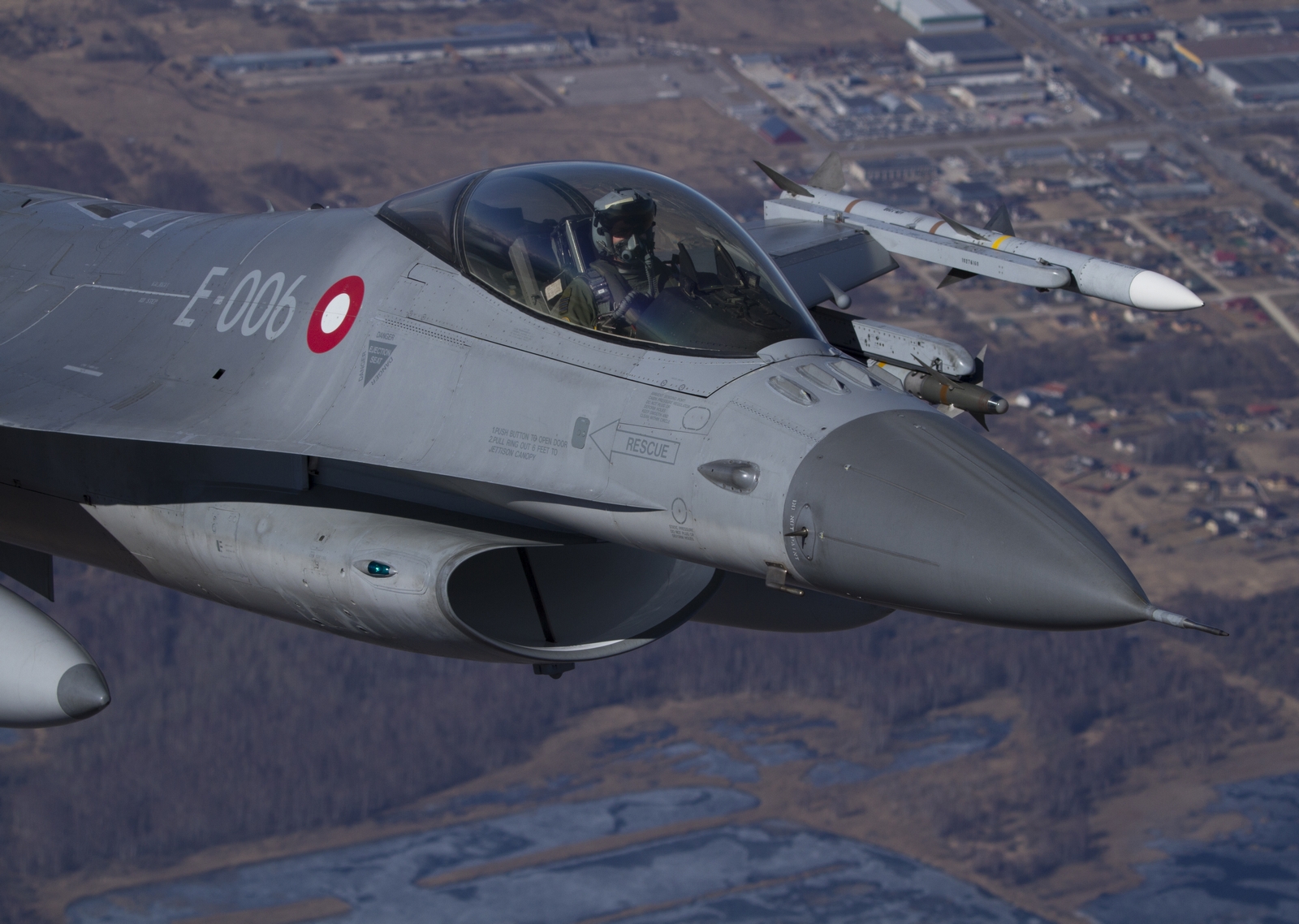
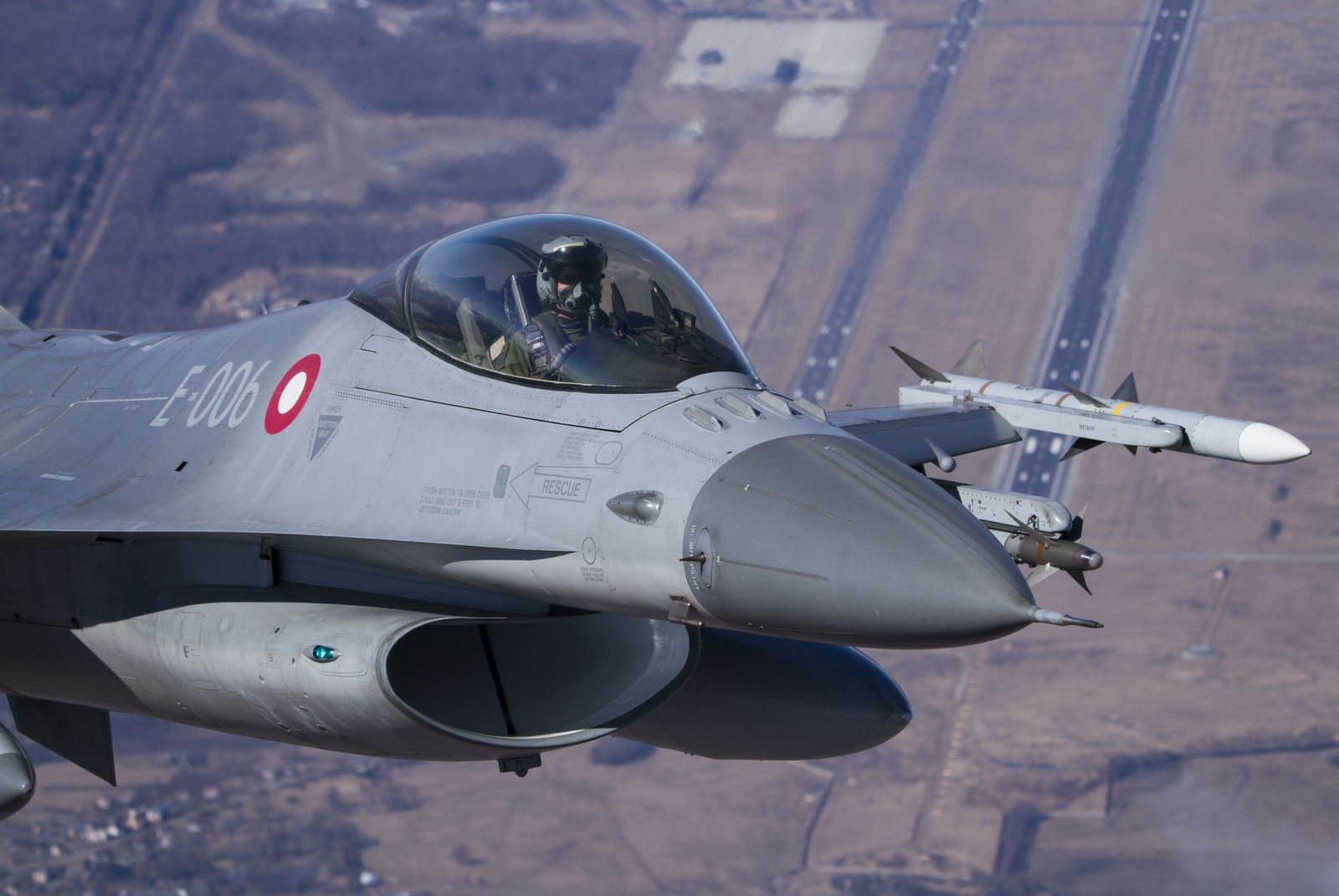
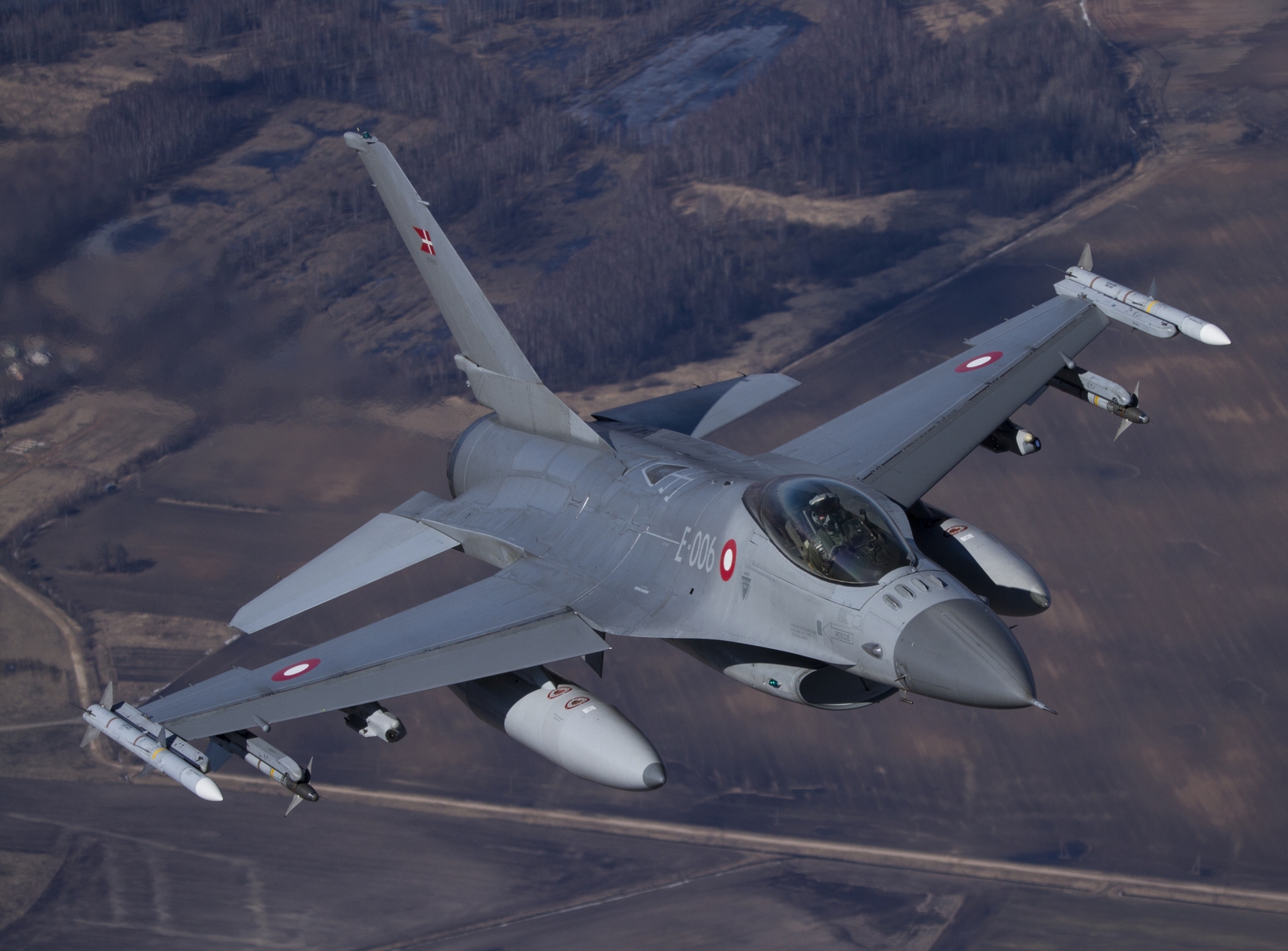


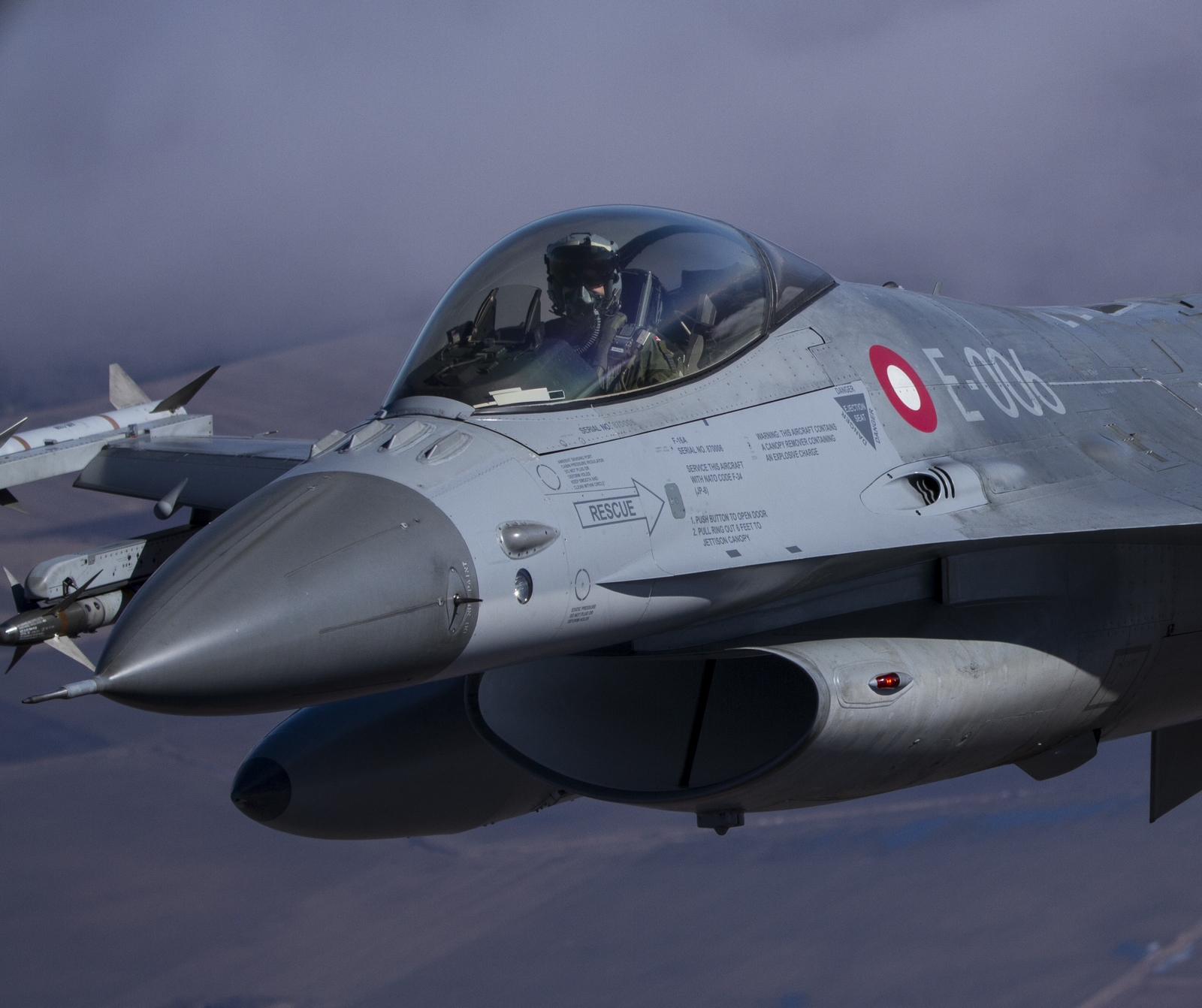
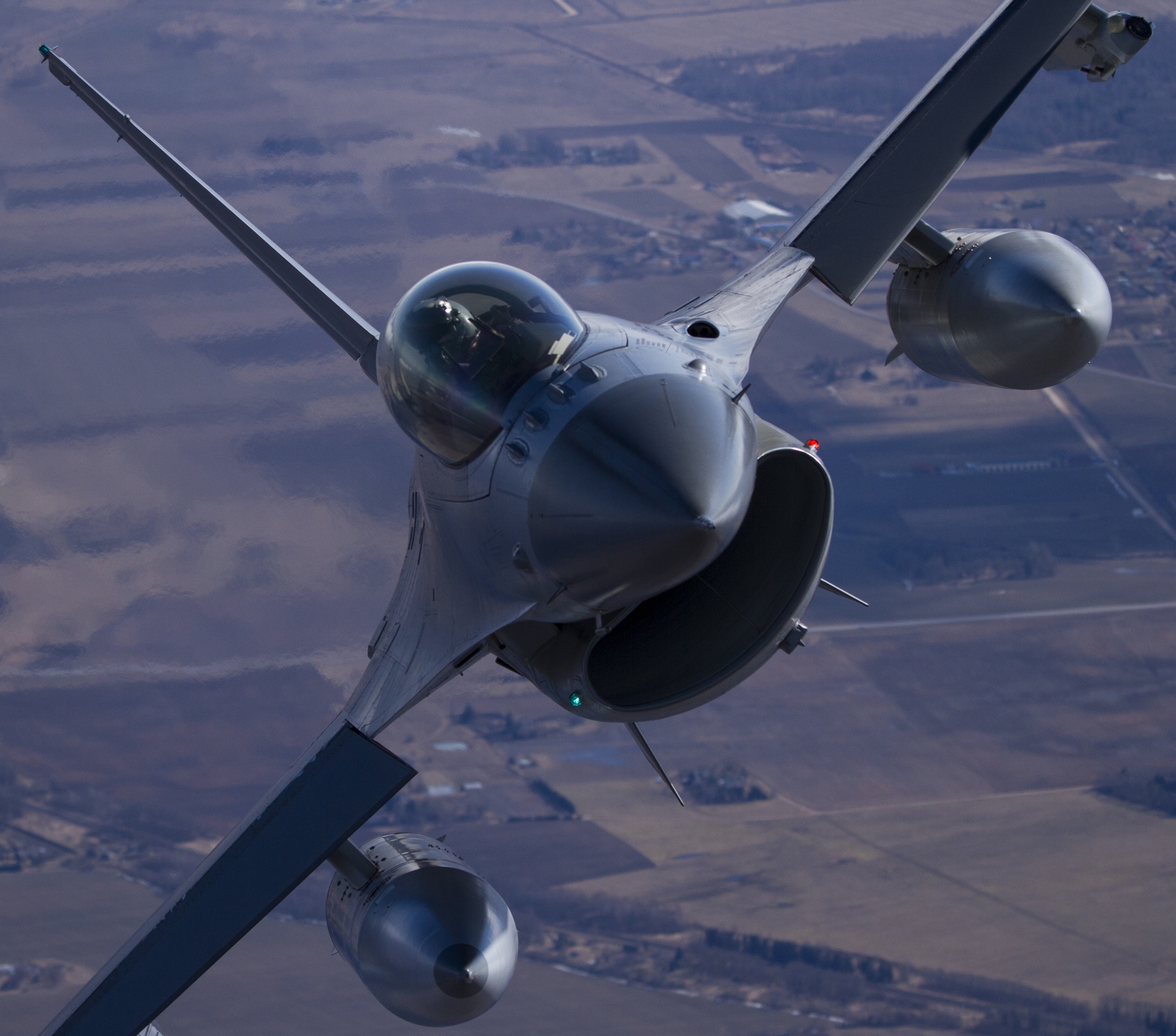

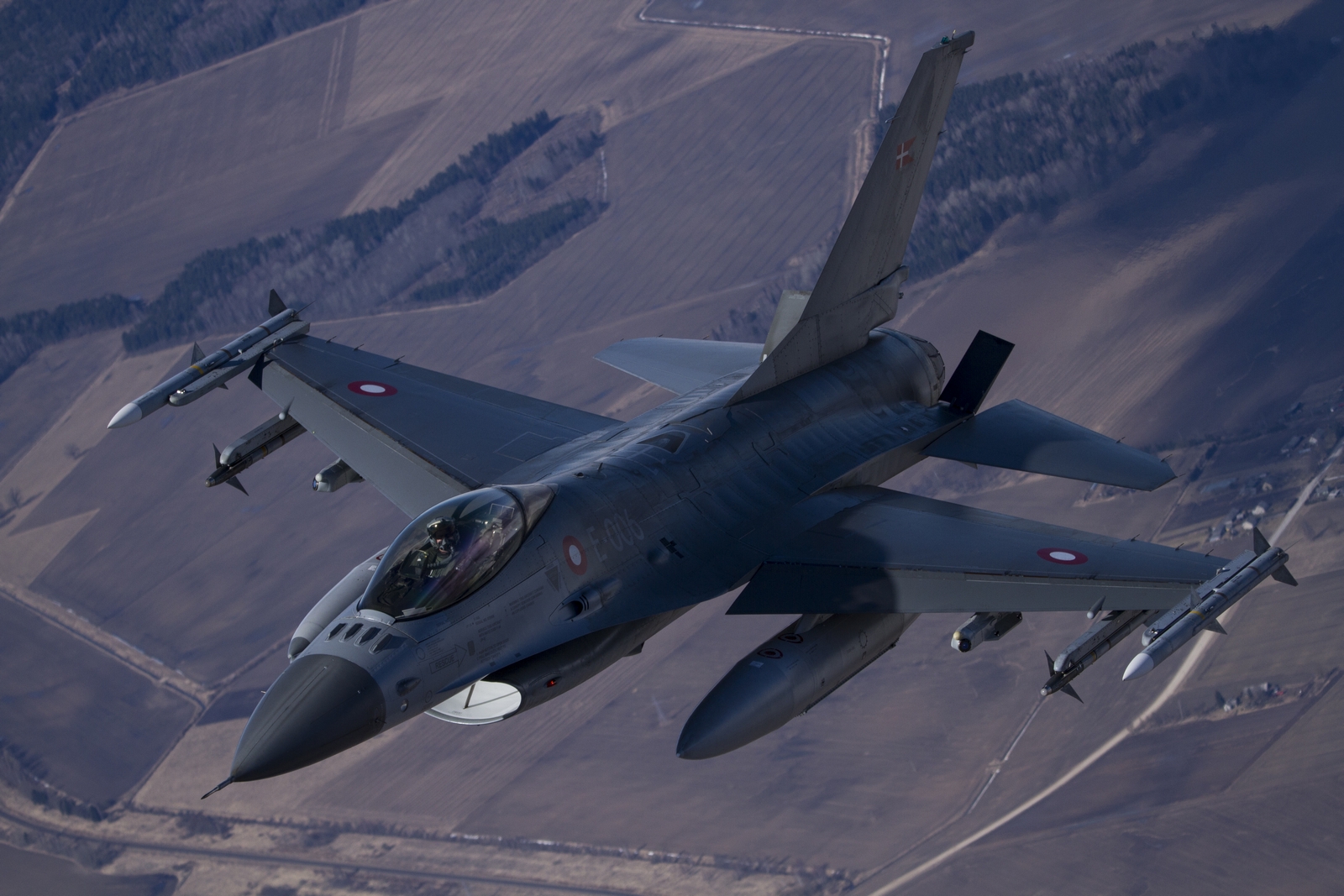
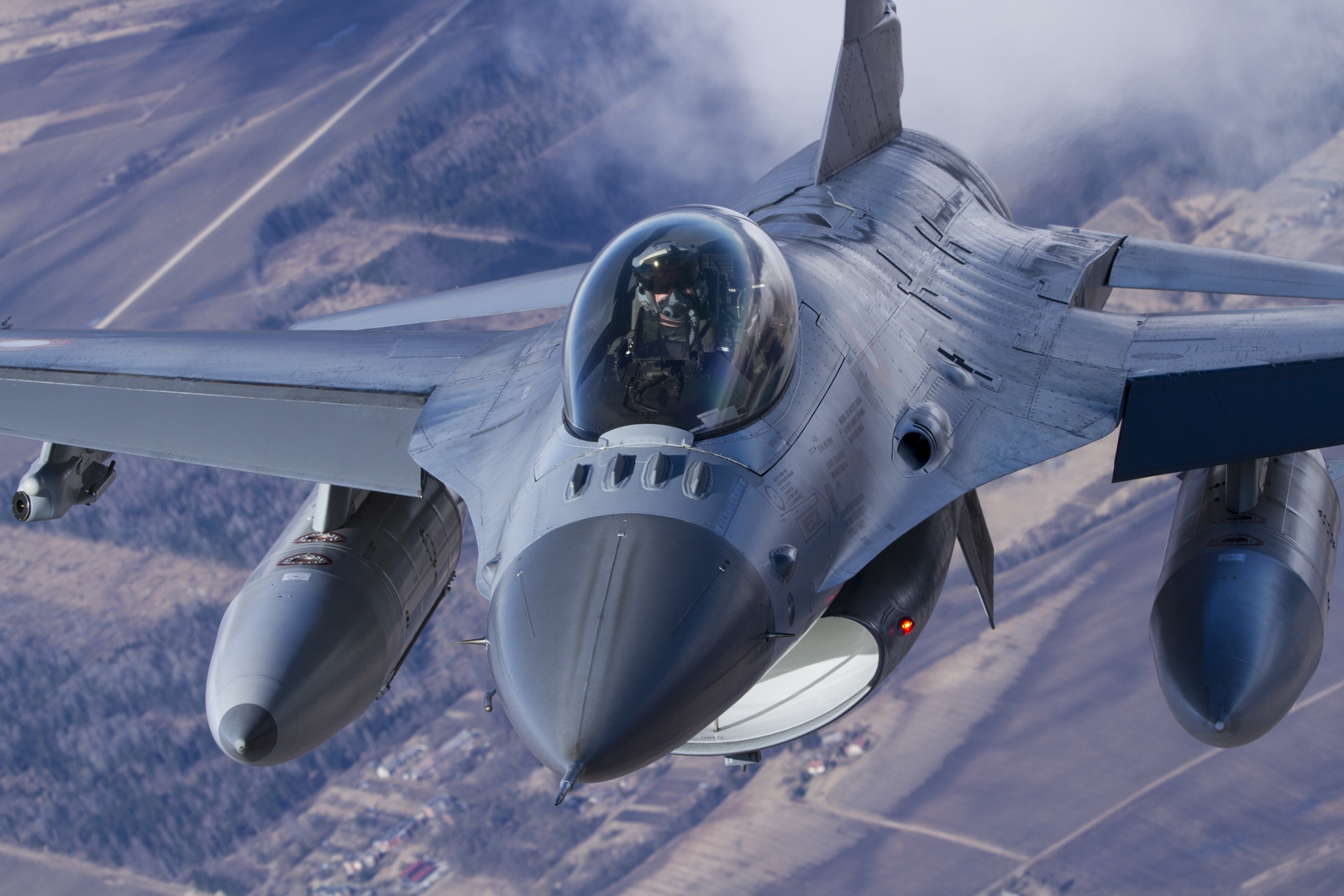
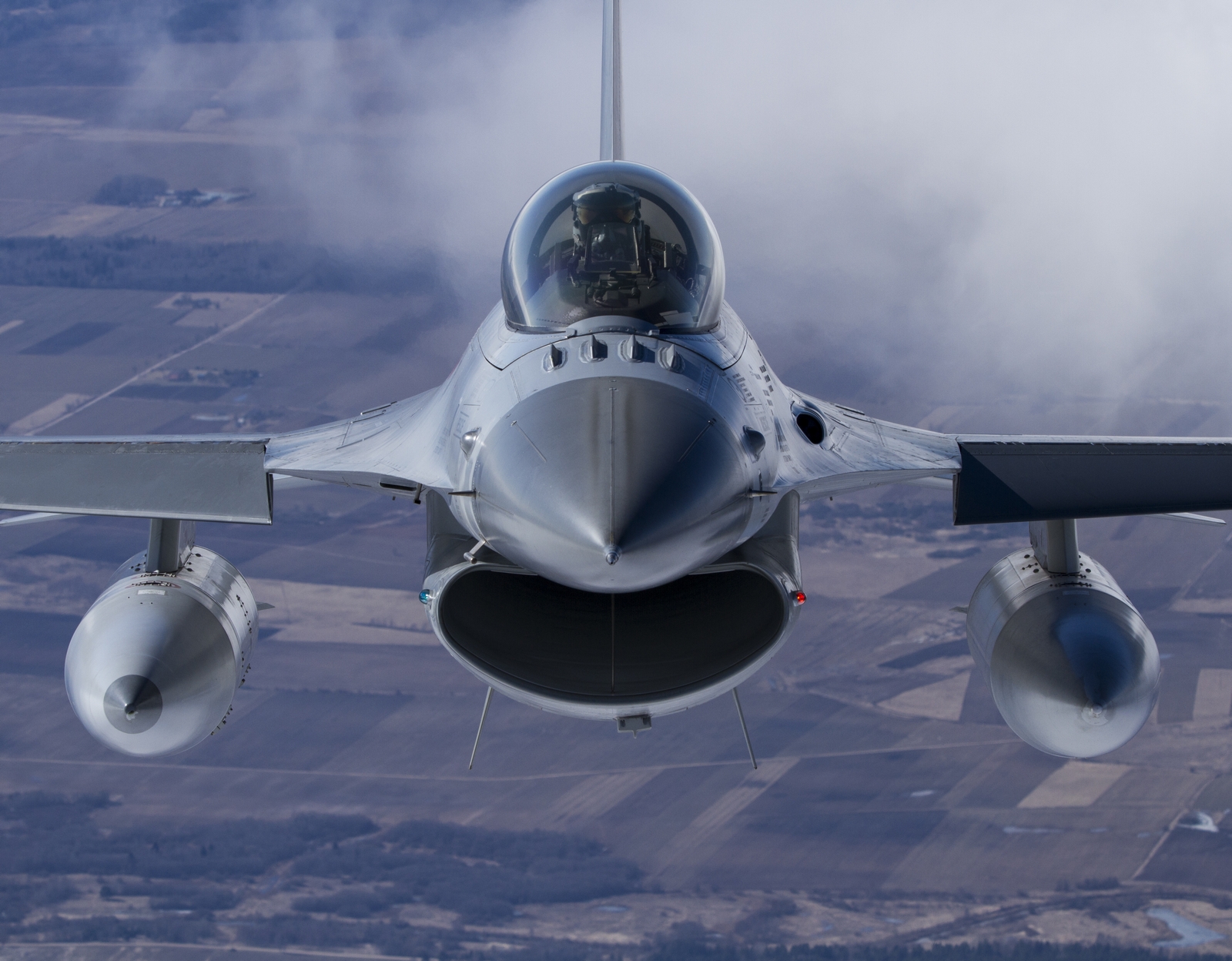
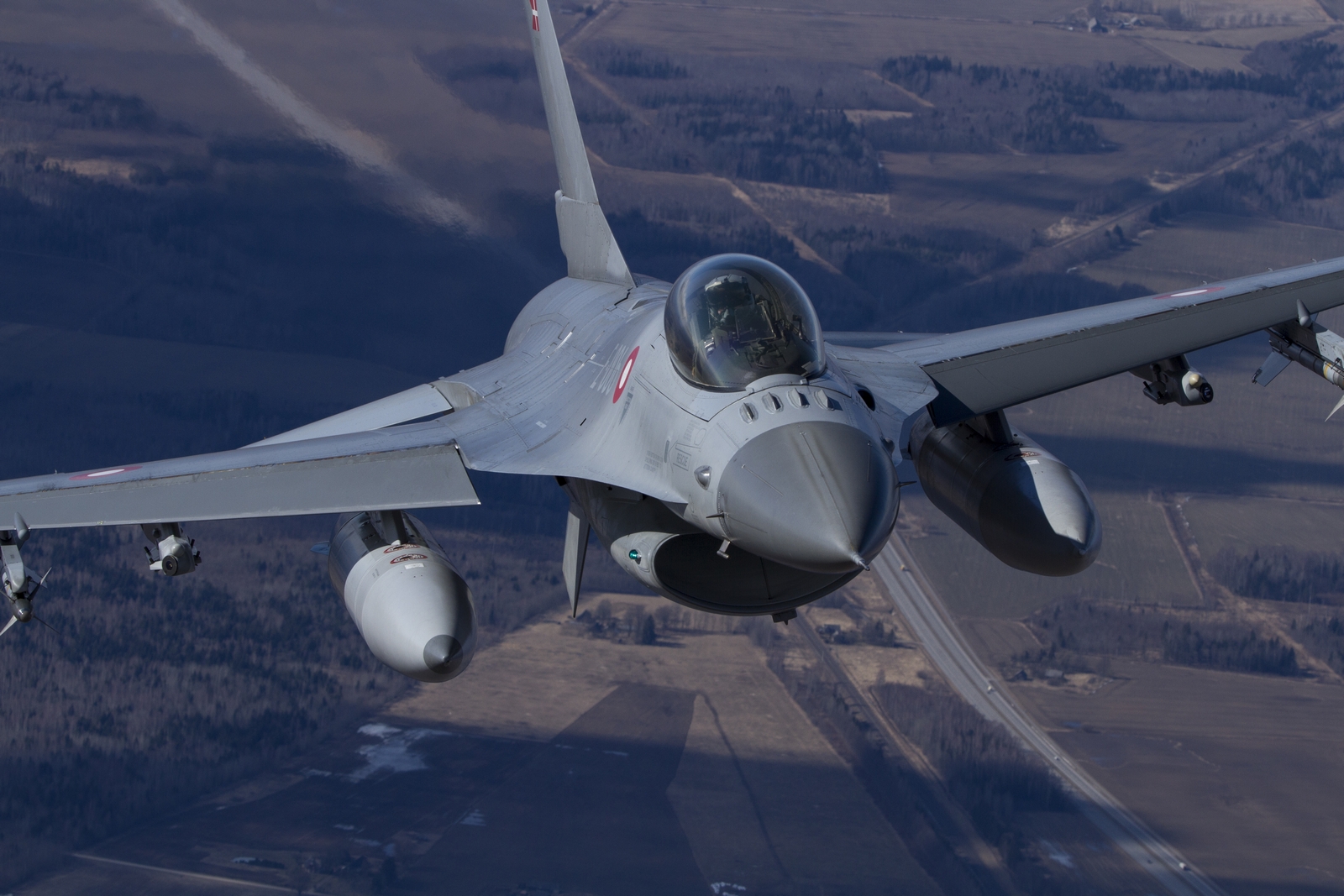

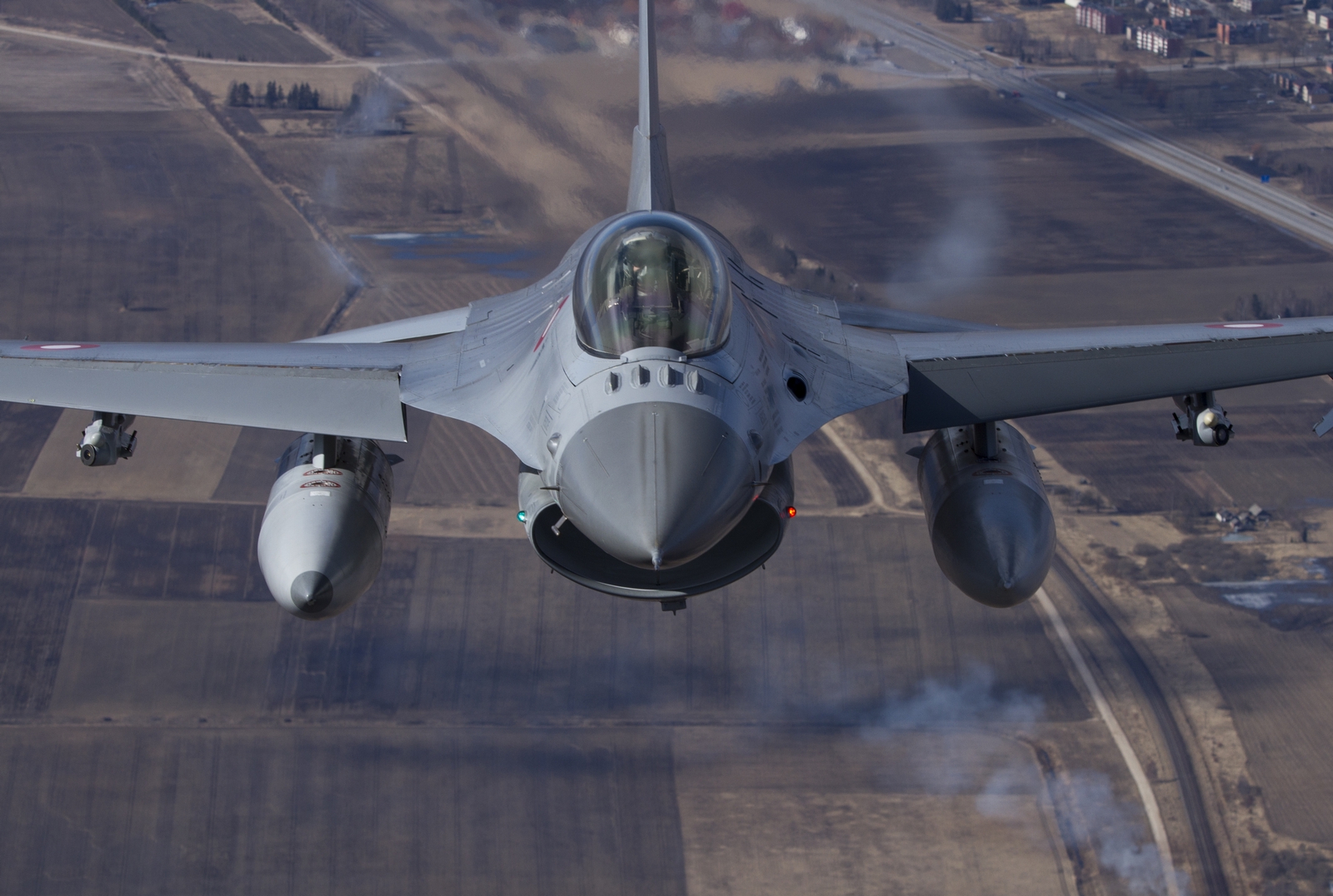

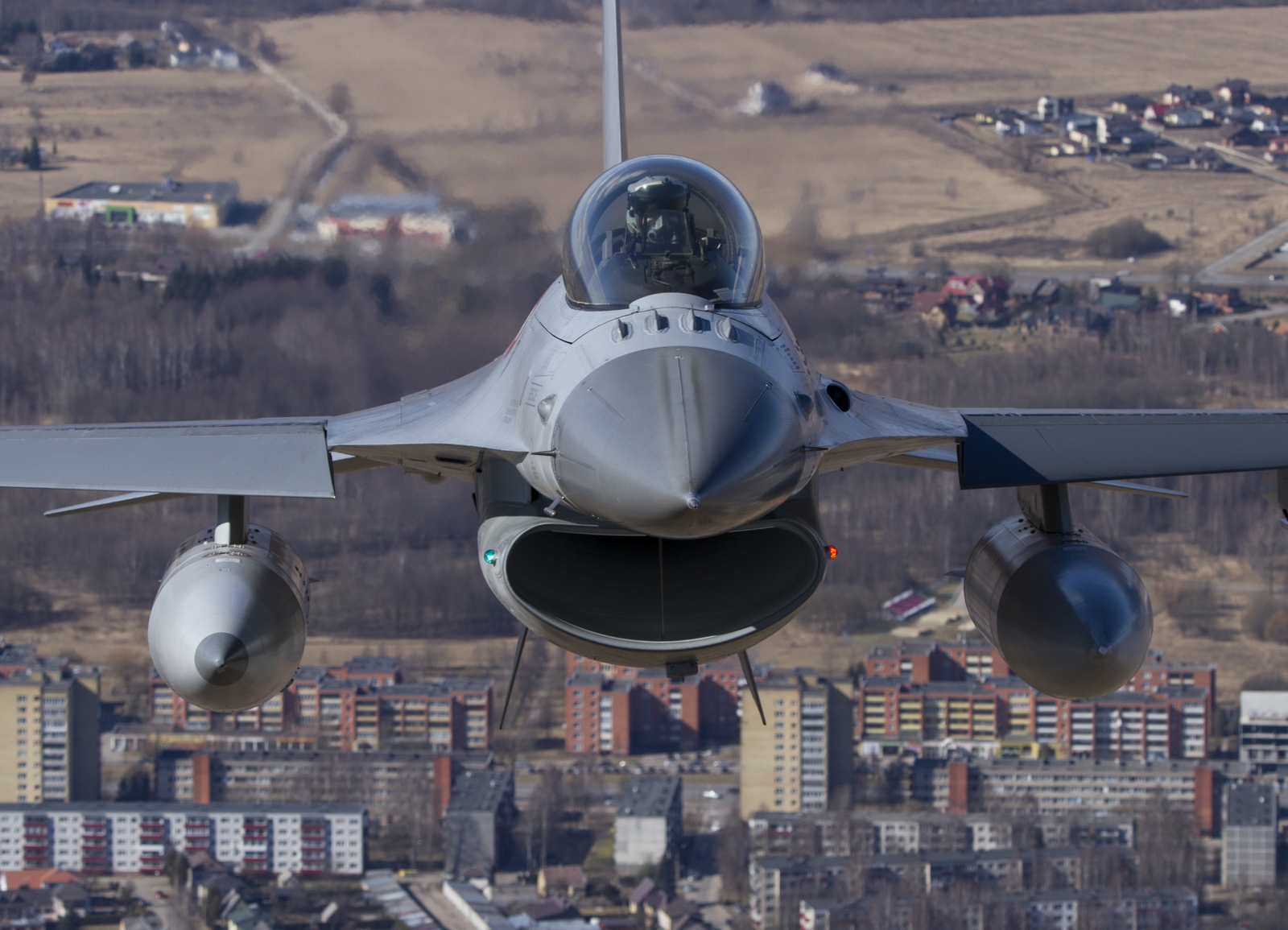
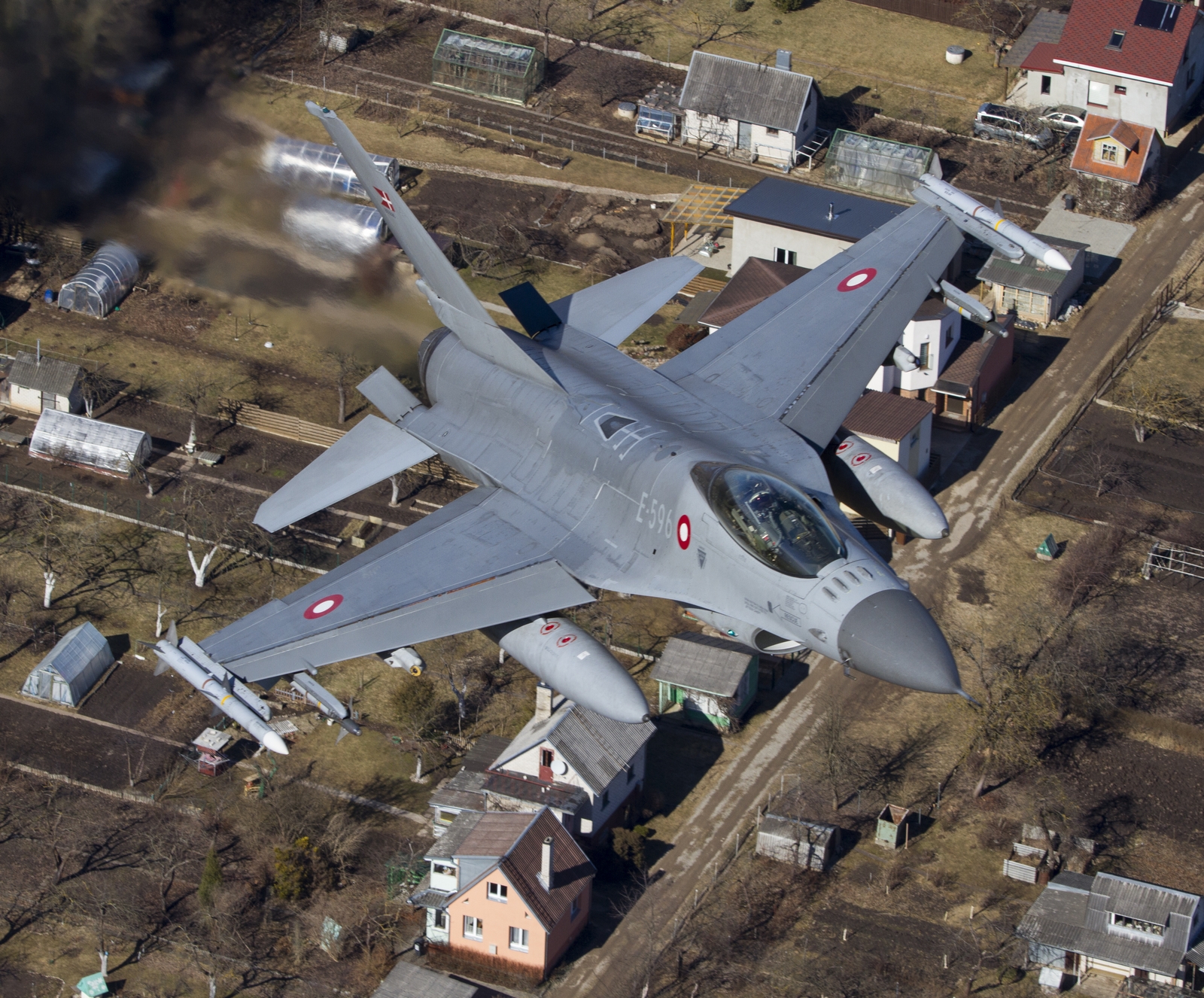
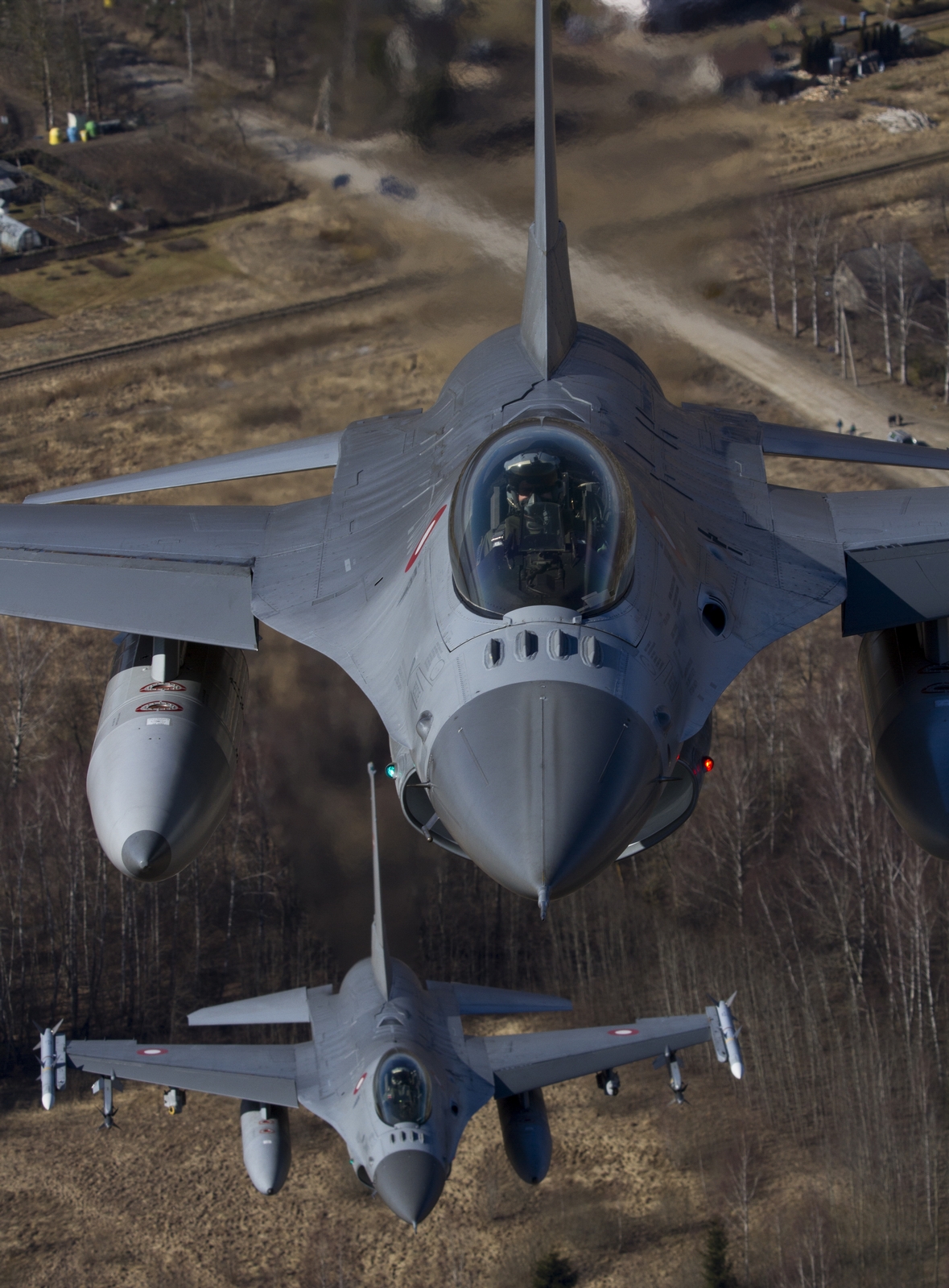
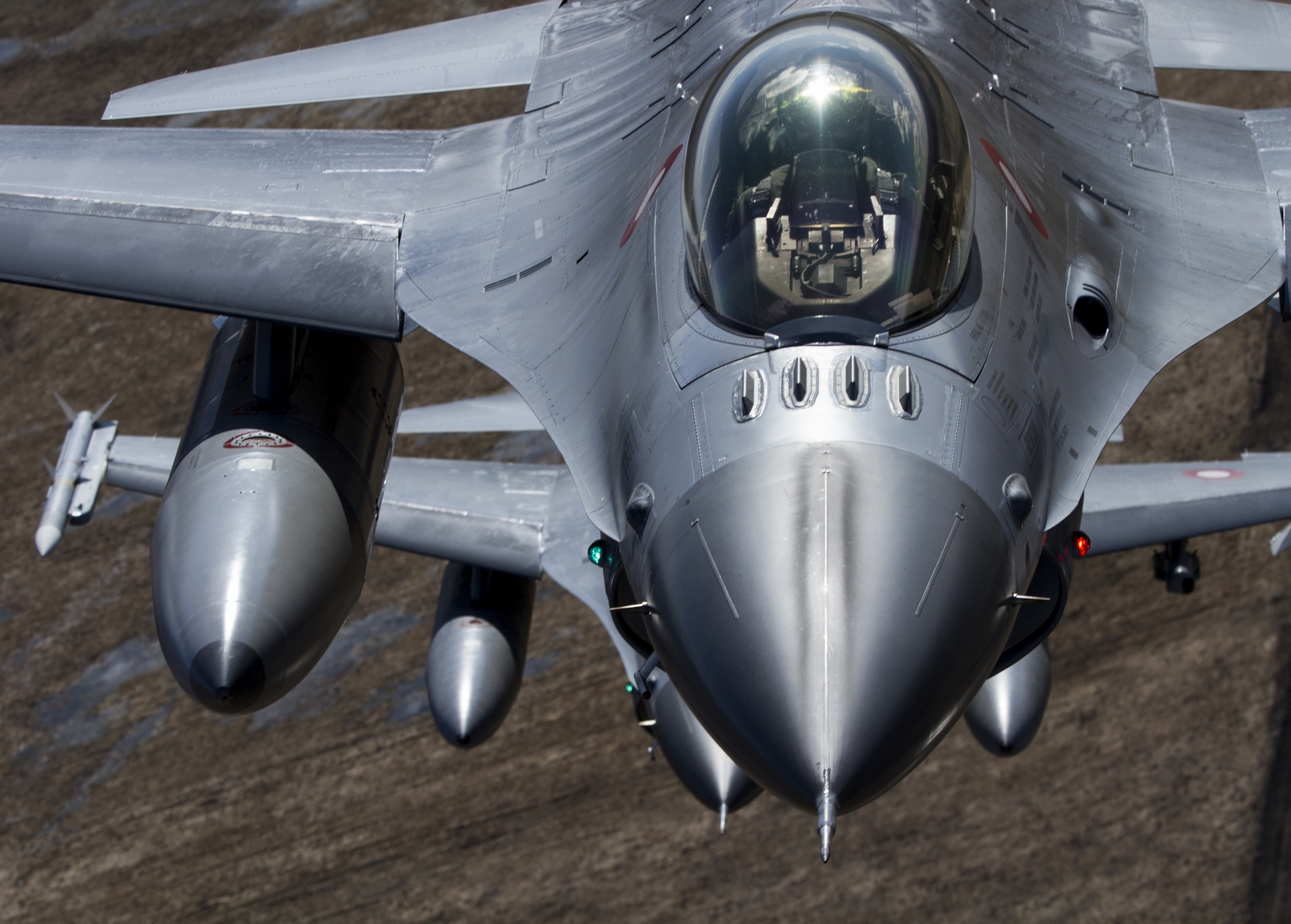
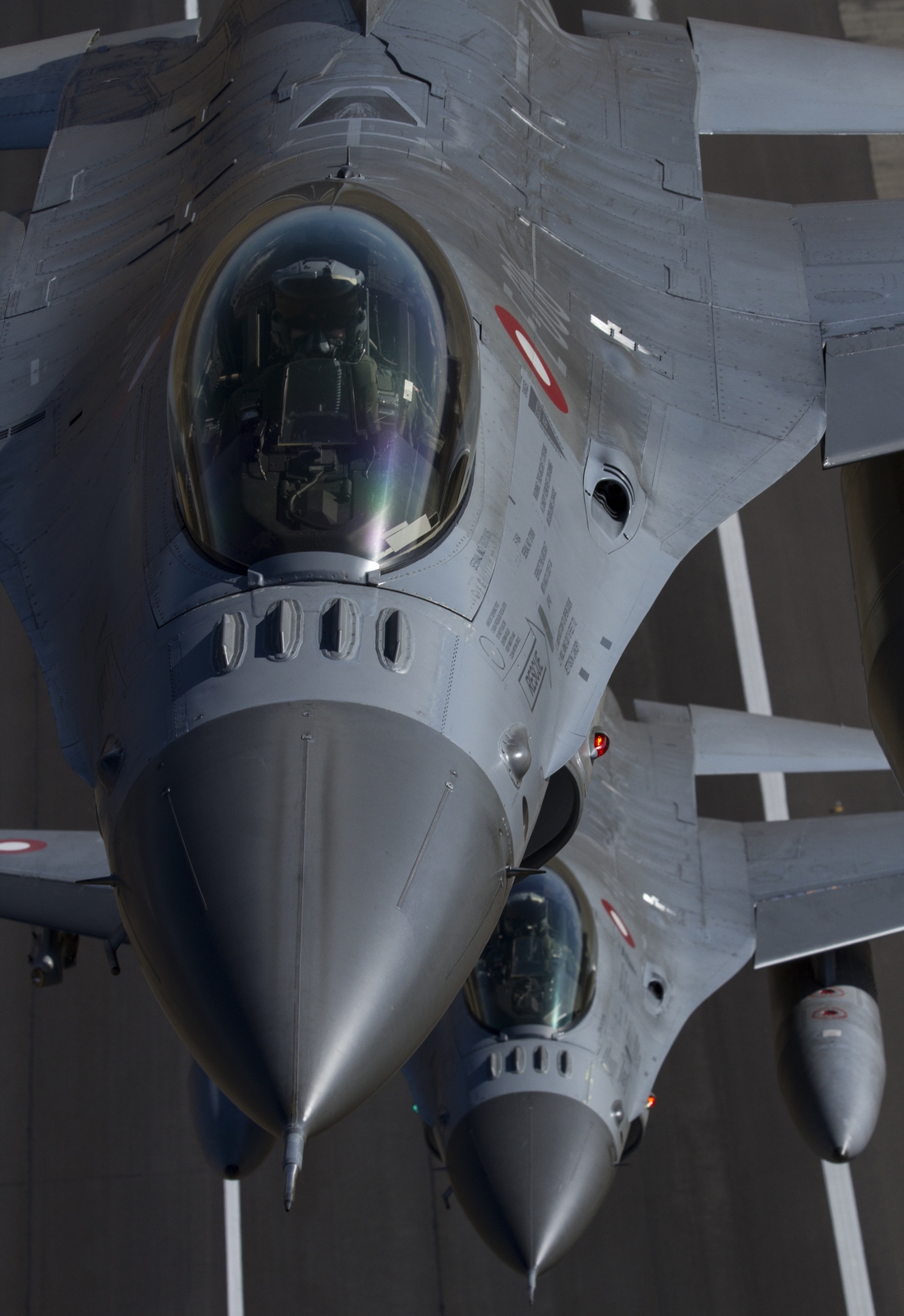

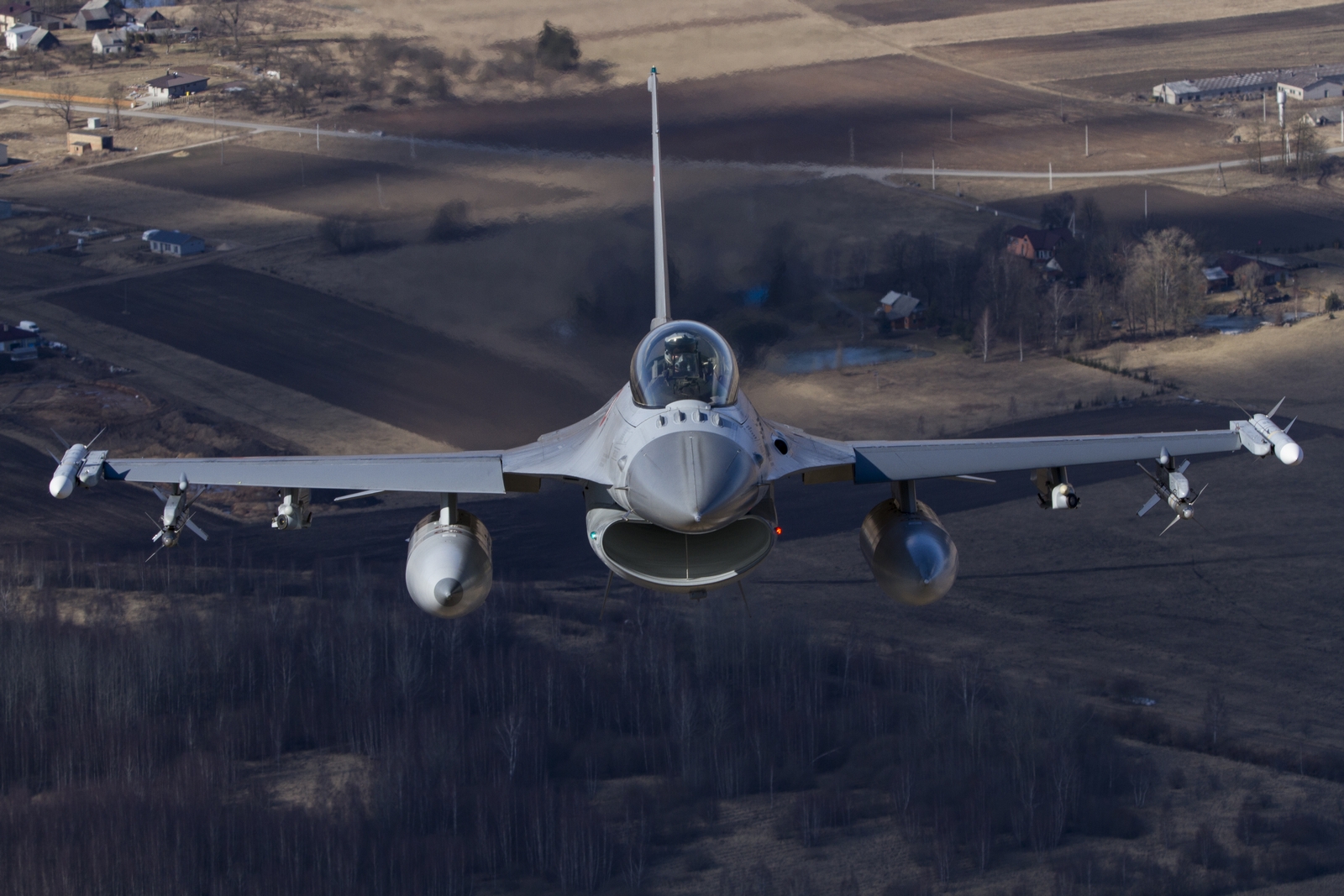

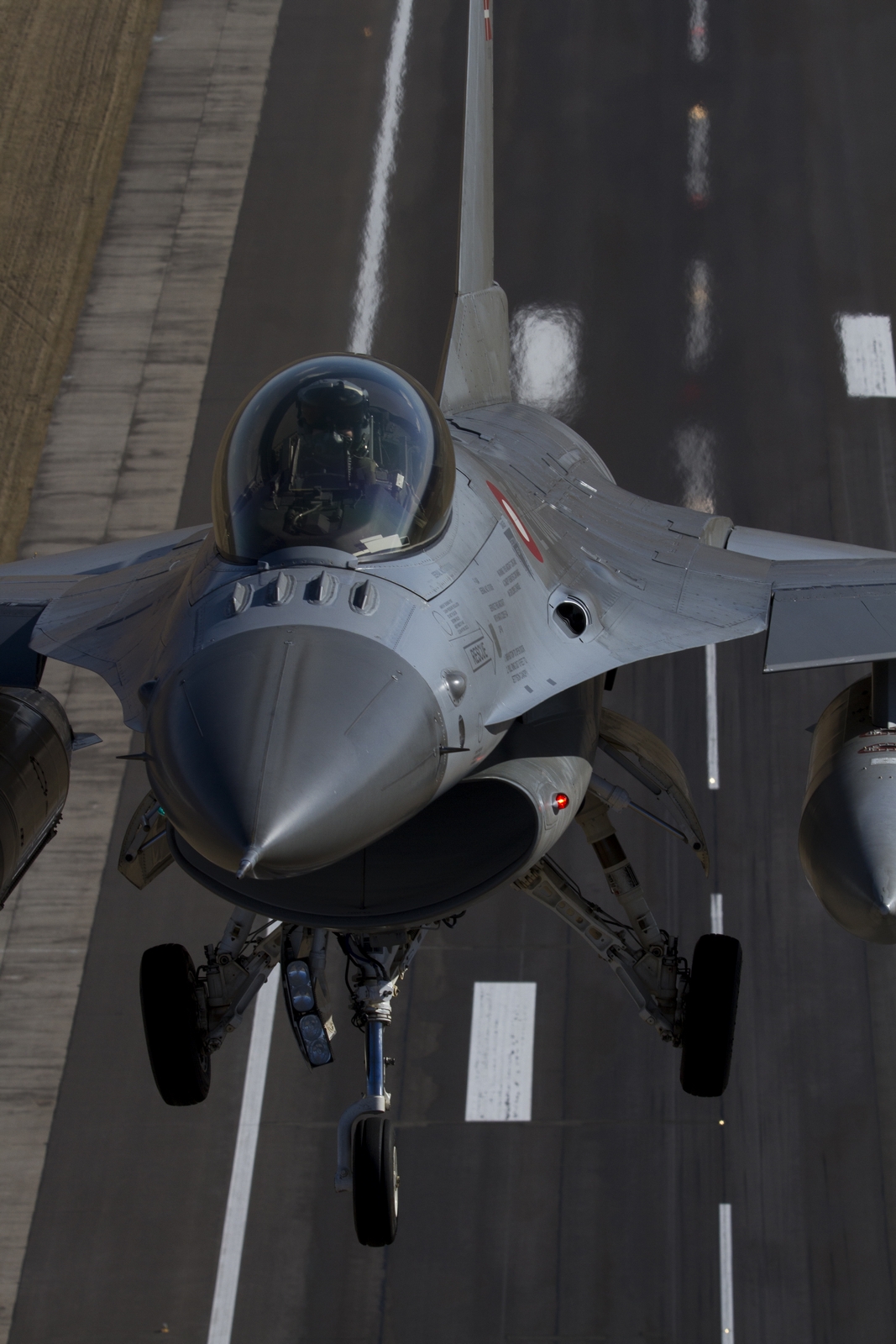

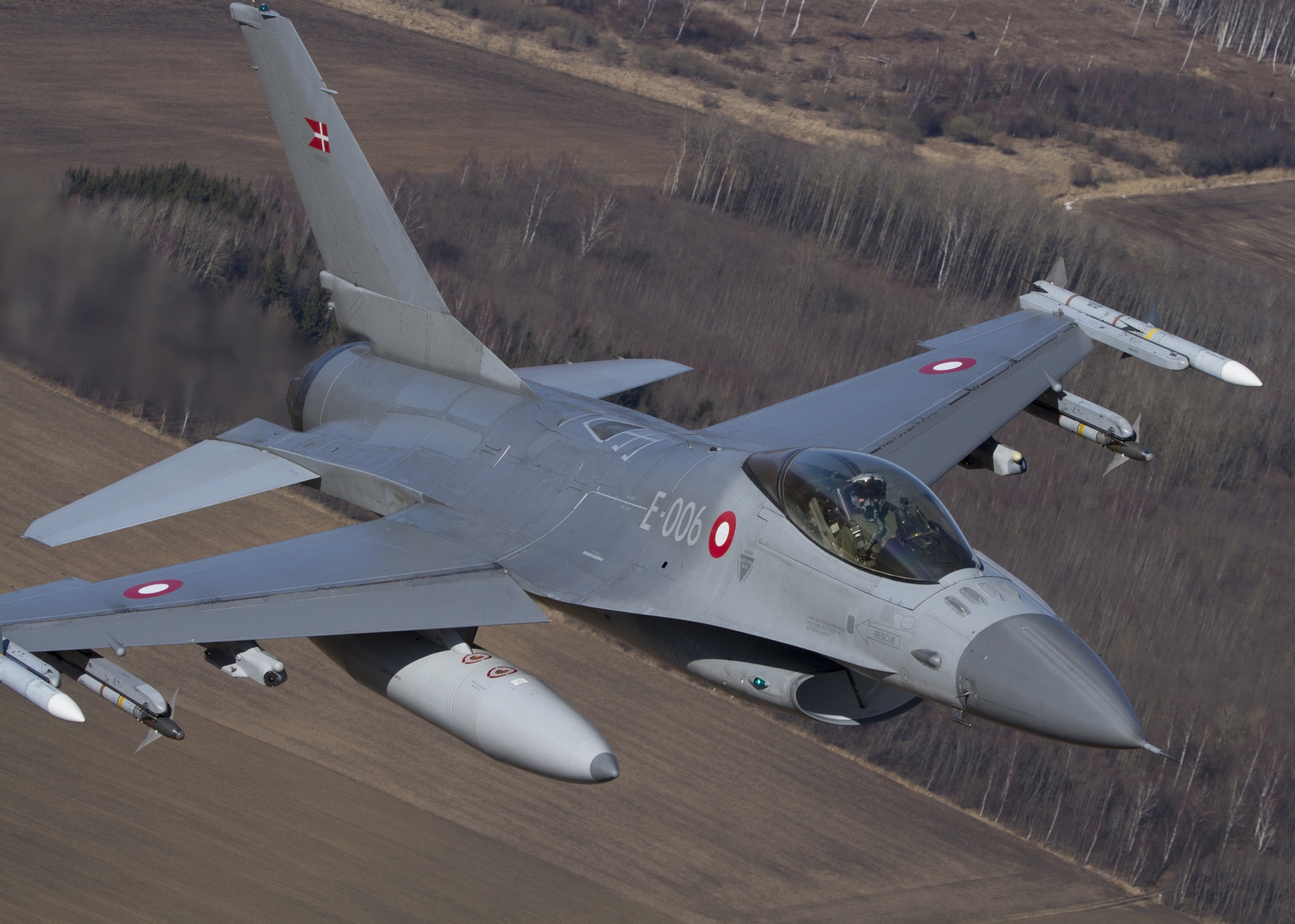
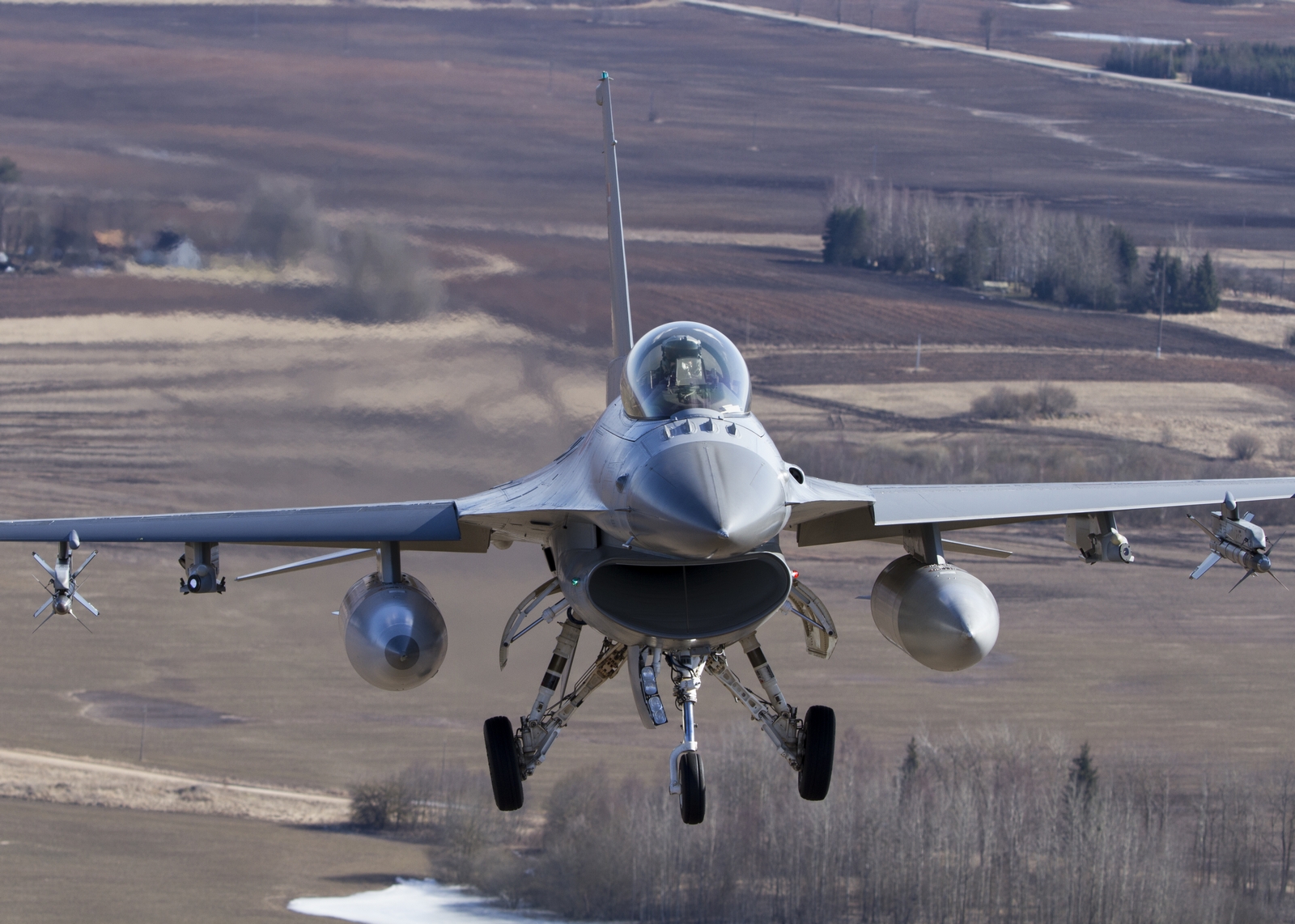
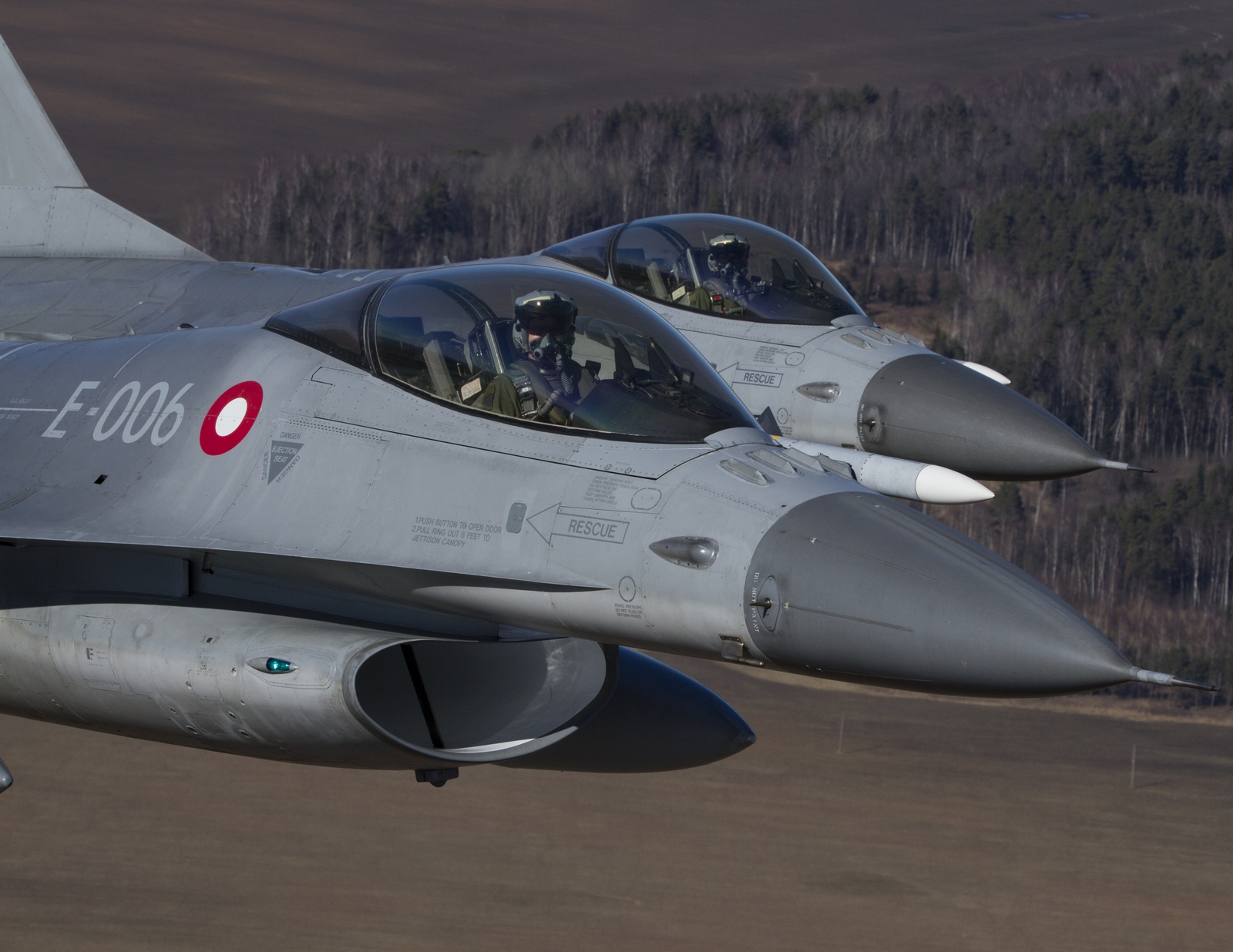
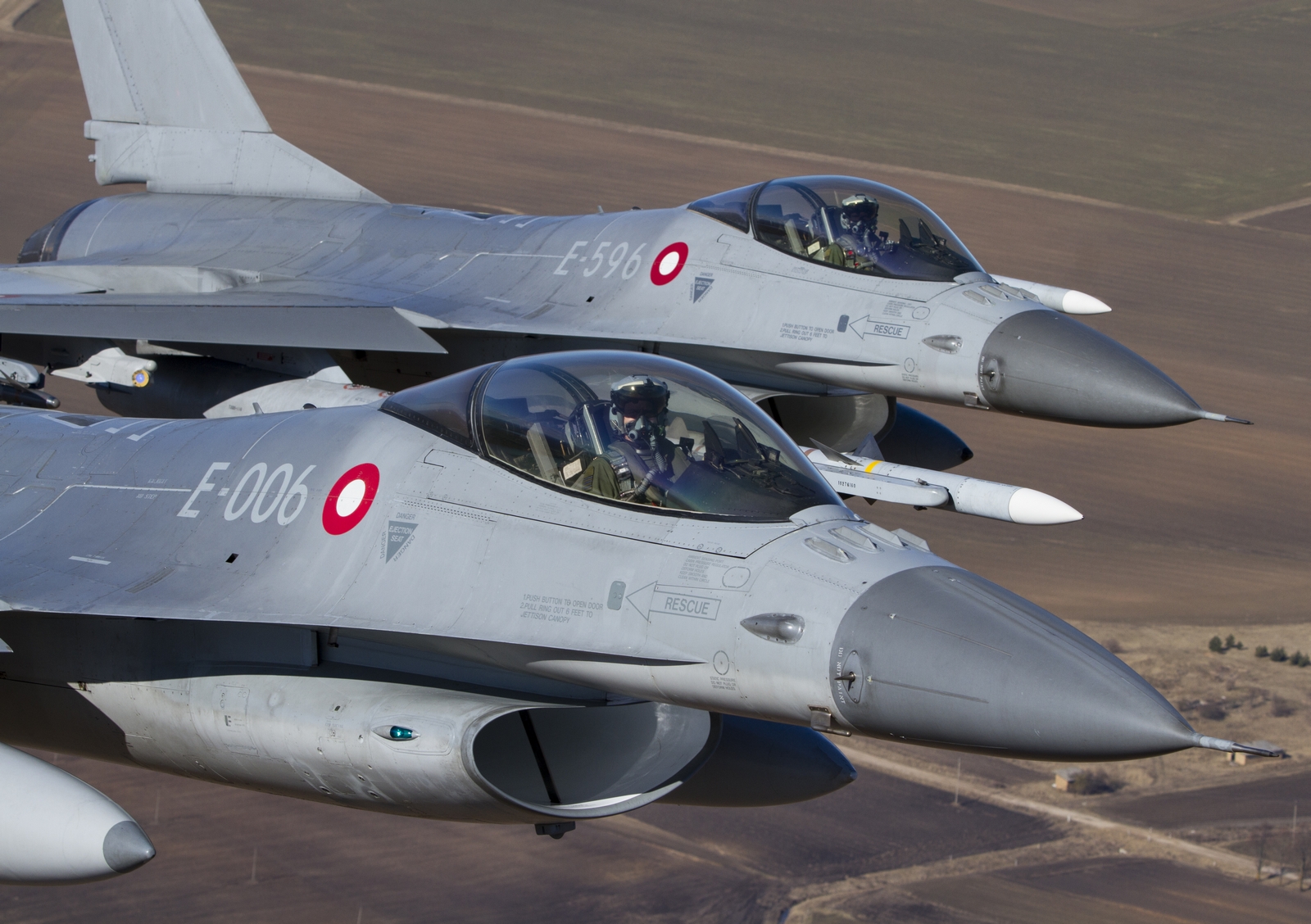
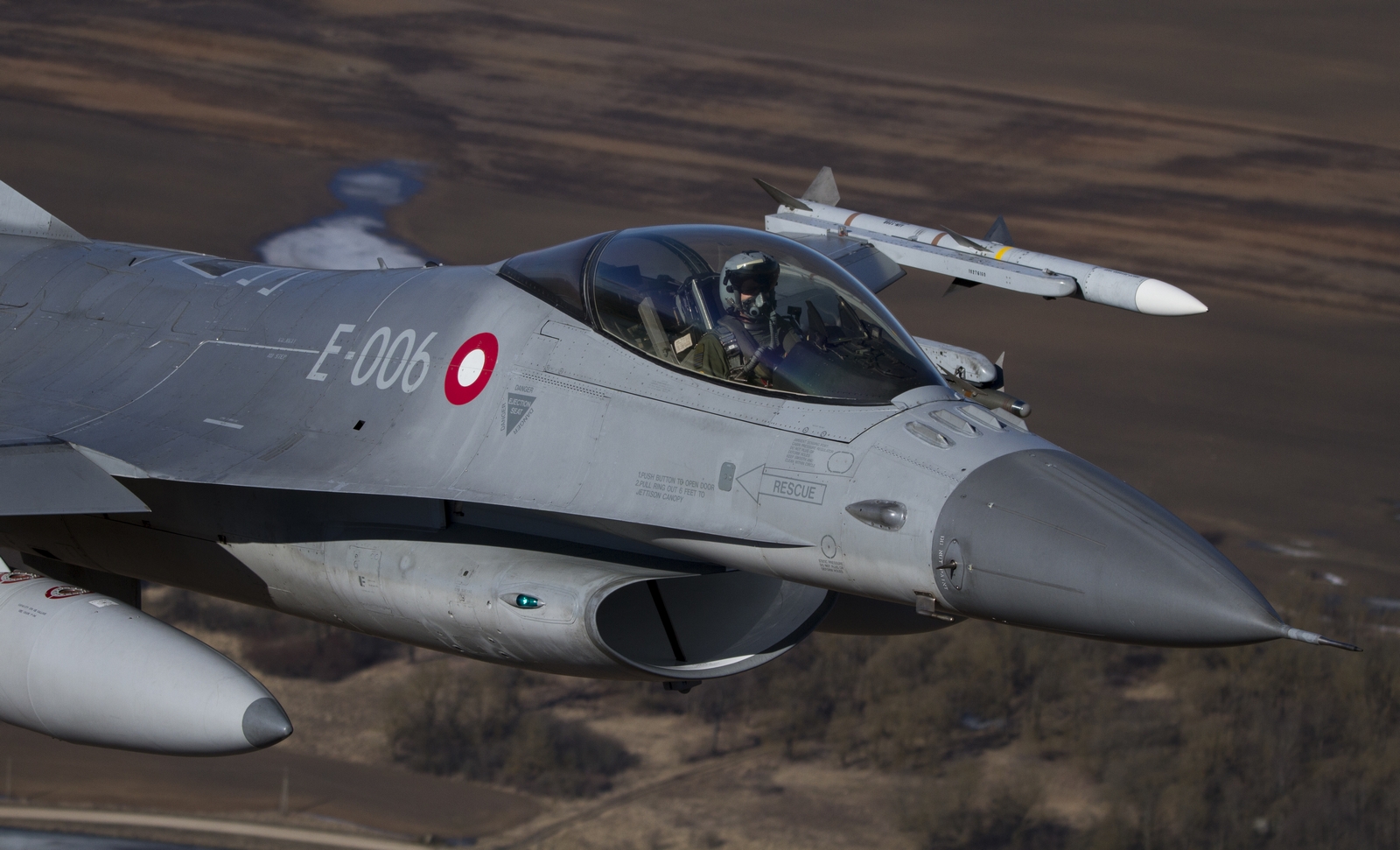
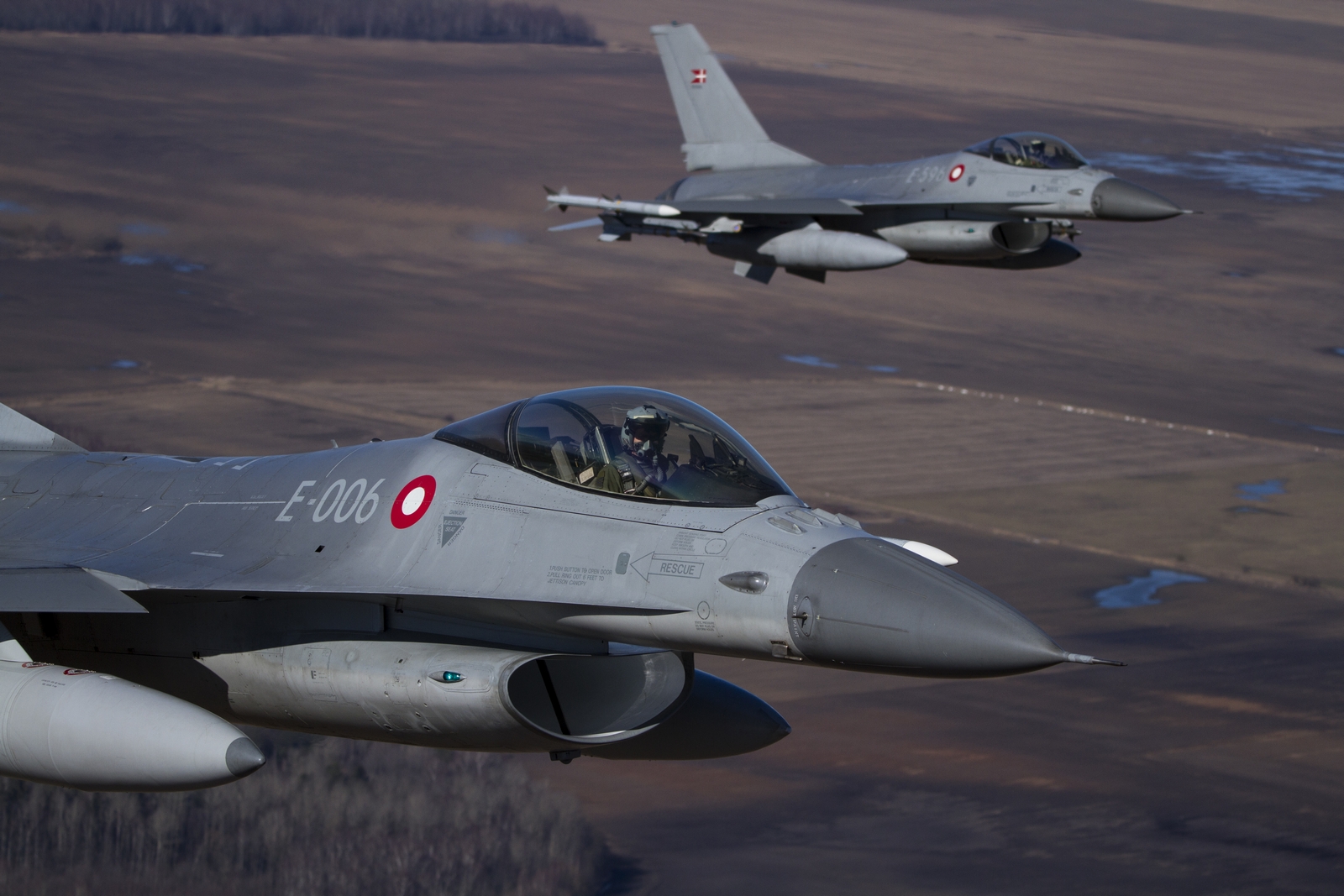
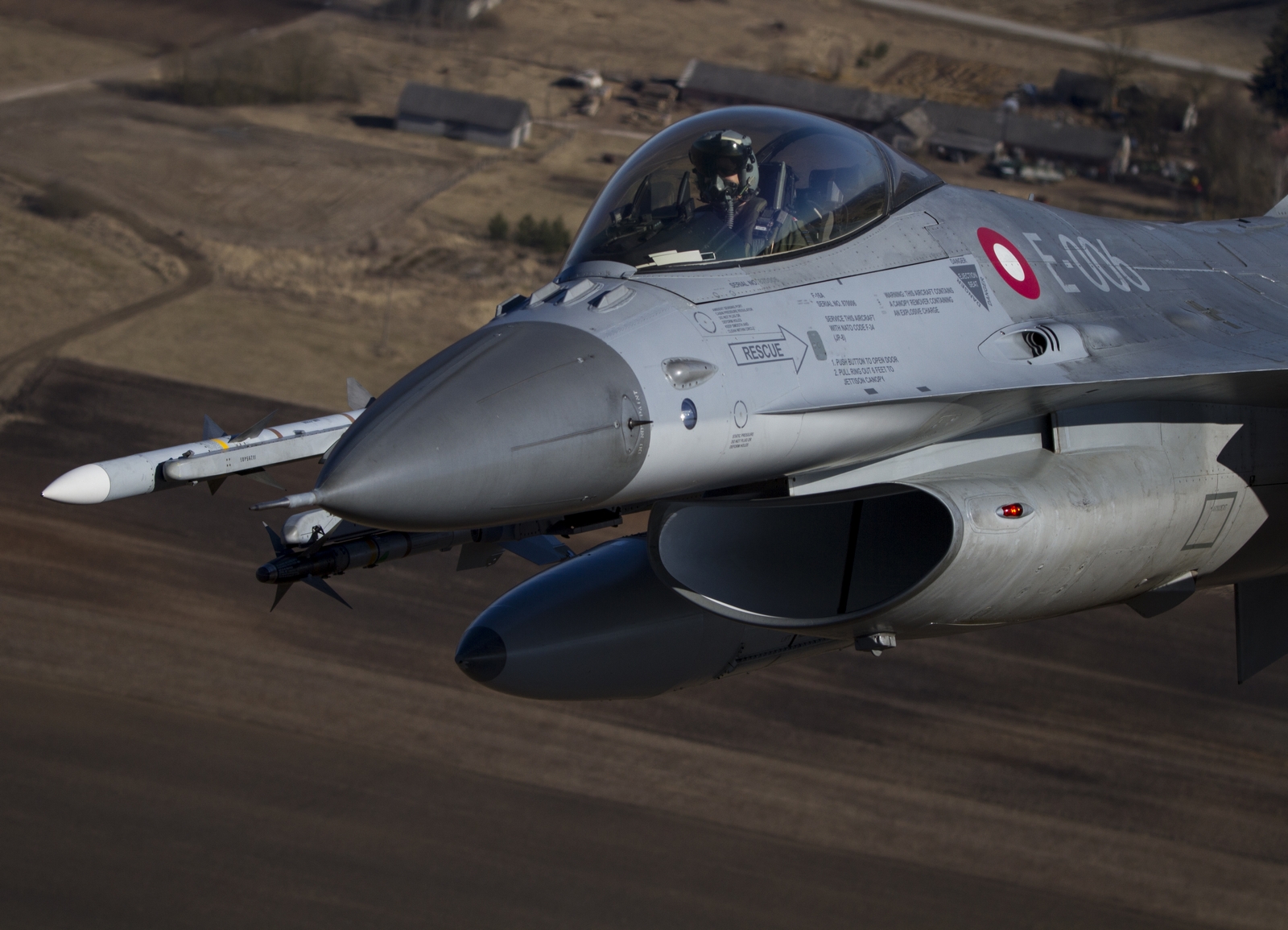
George Karavantos is from Athens, Greece. His love with military aviation started at the age of 10 when he accidentally read a Greek aviation magazine. Since then, he never stopped reading about fighter aircraft and taking photos of them. He was too tall to become a fighter pilot, so he became an airline pilot. Nowadays he is a Captain and a Flight Instructor on the A320 aircraft. Despite his profession, military aviation will always be his obsession.

